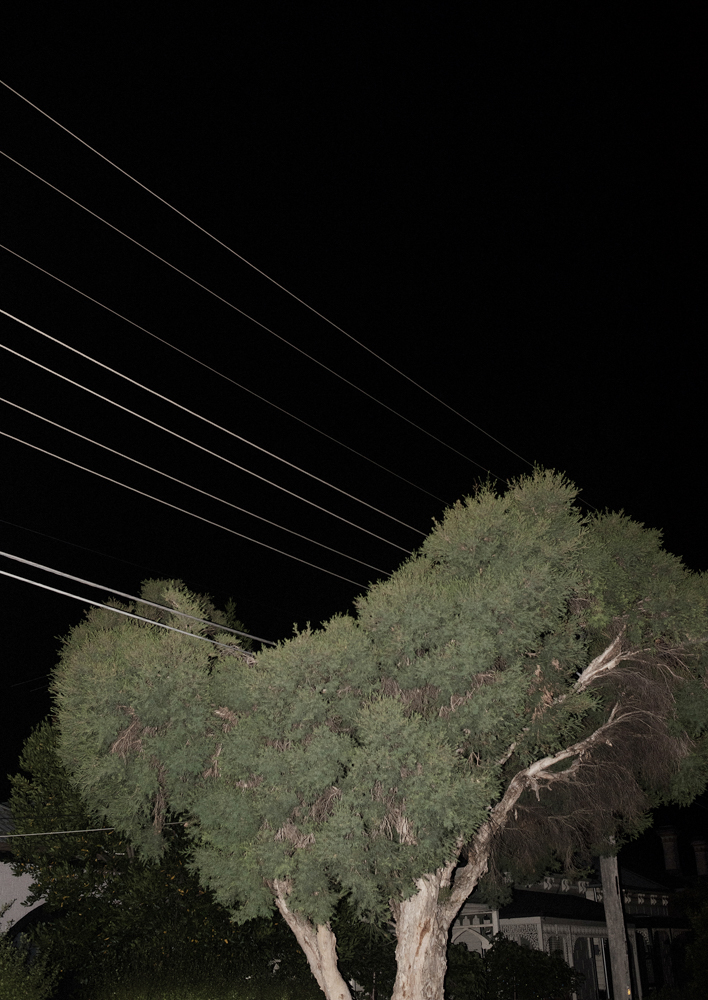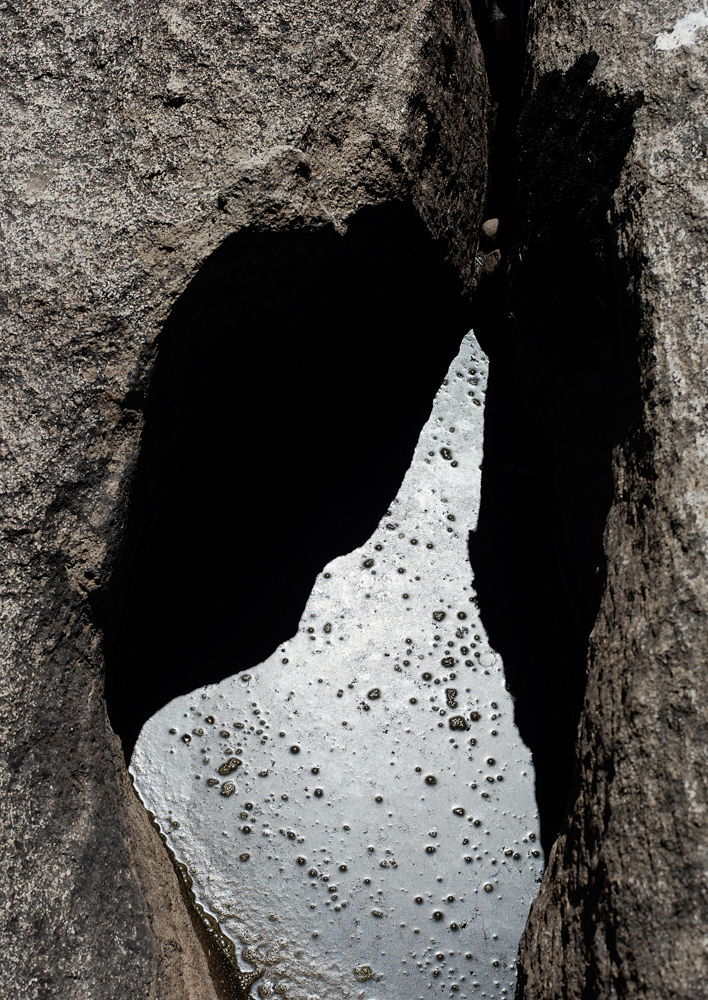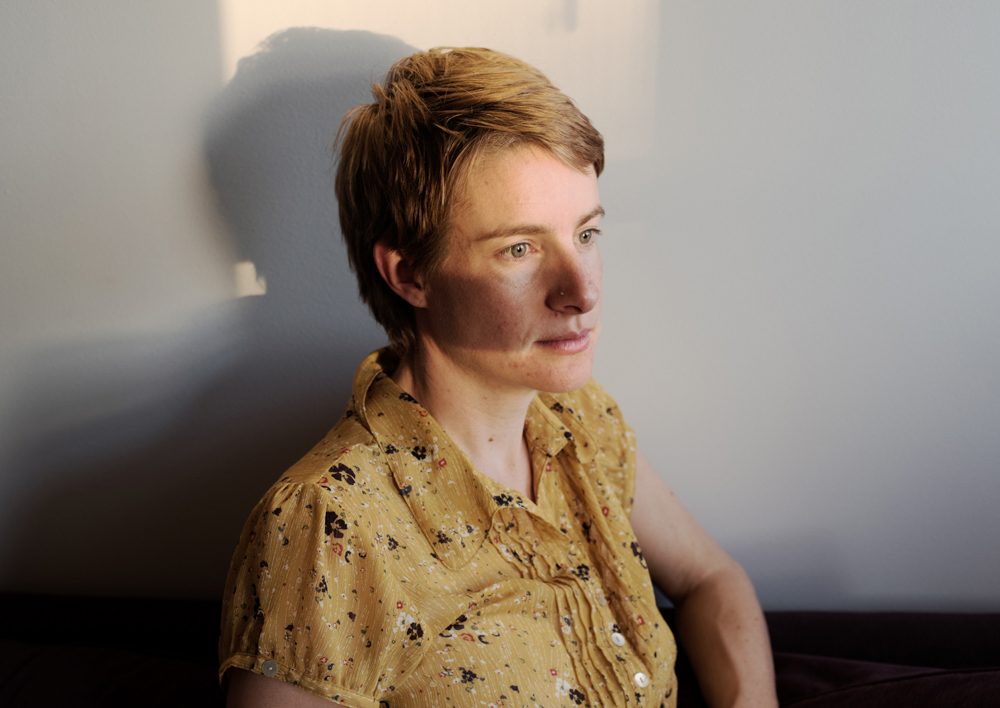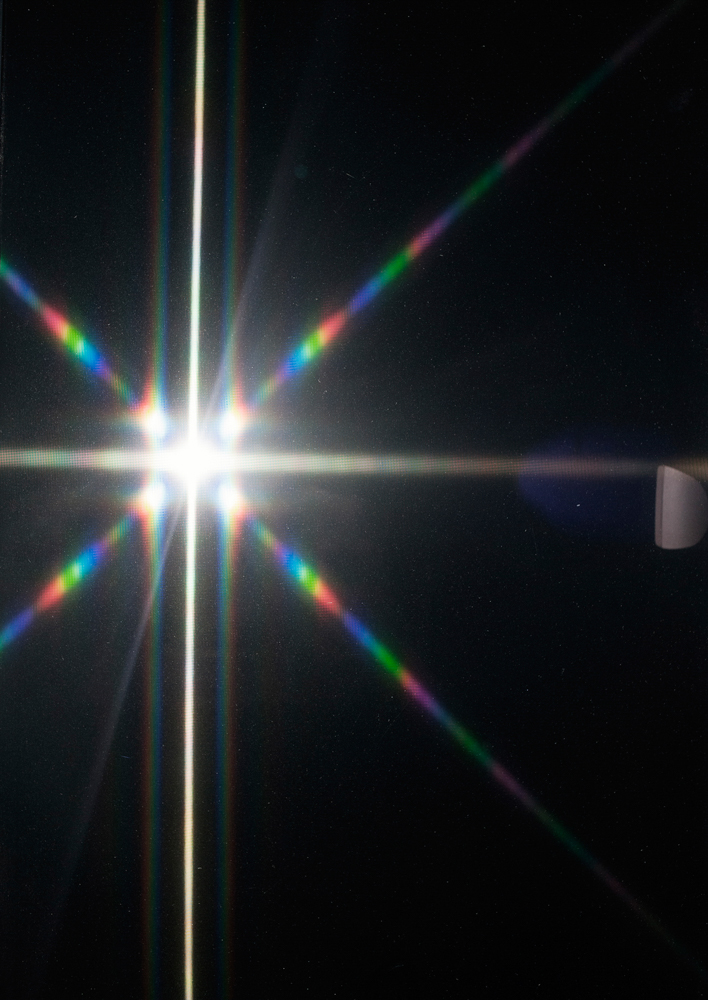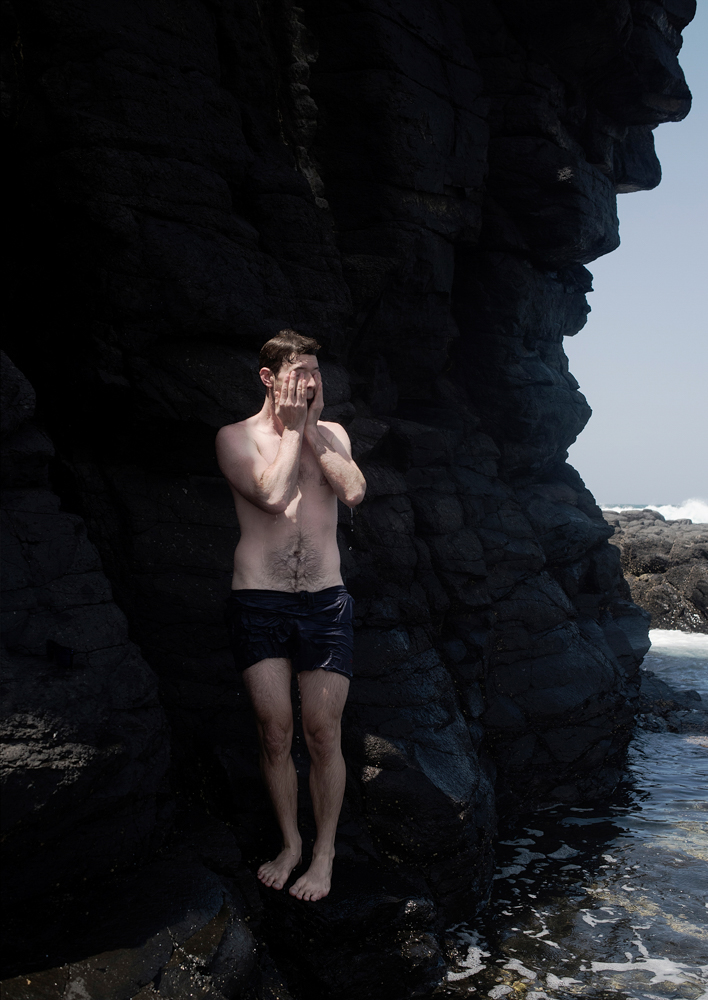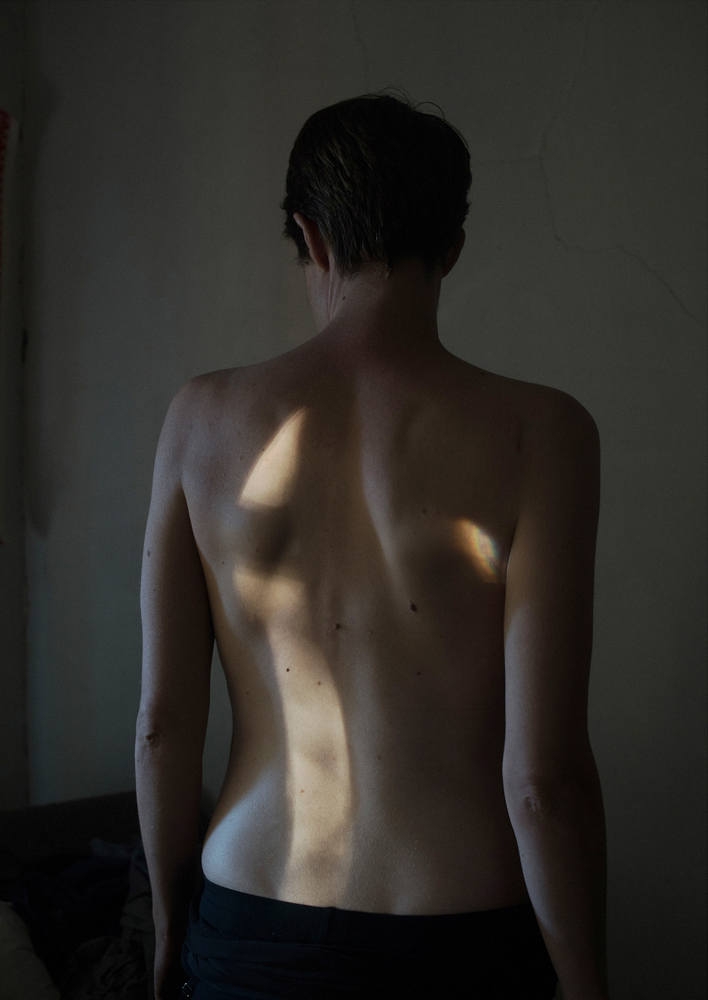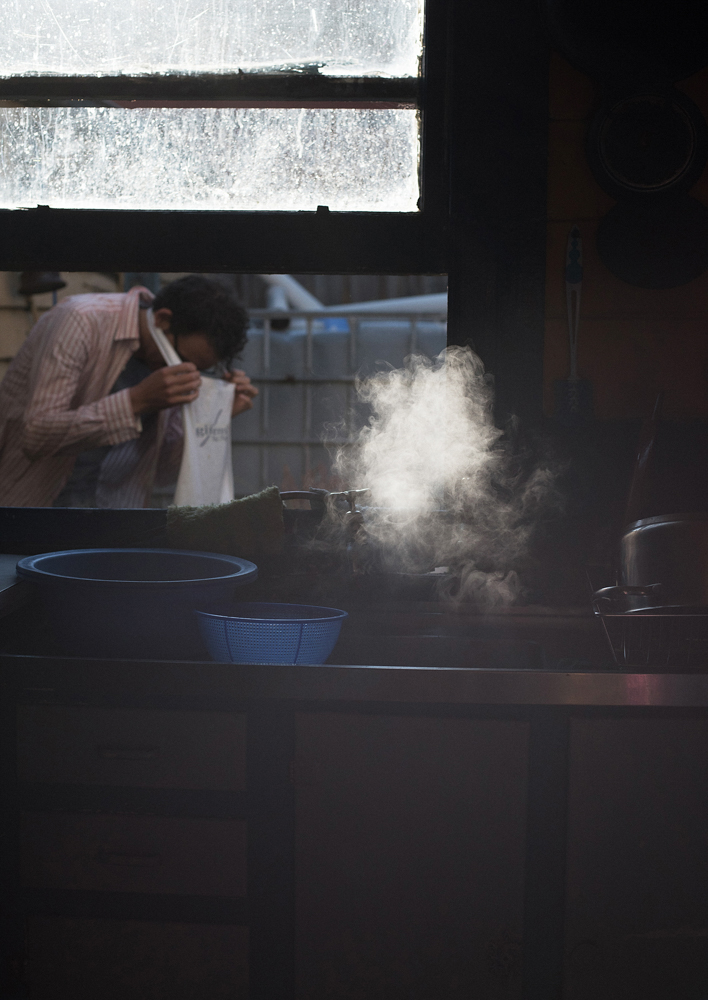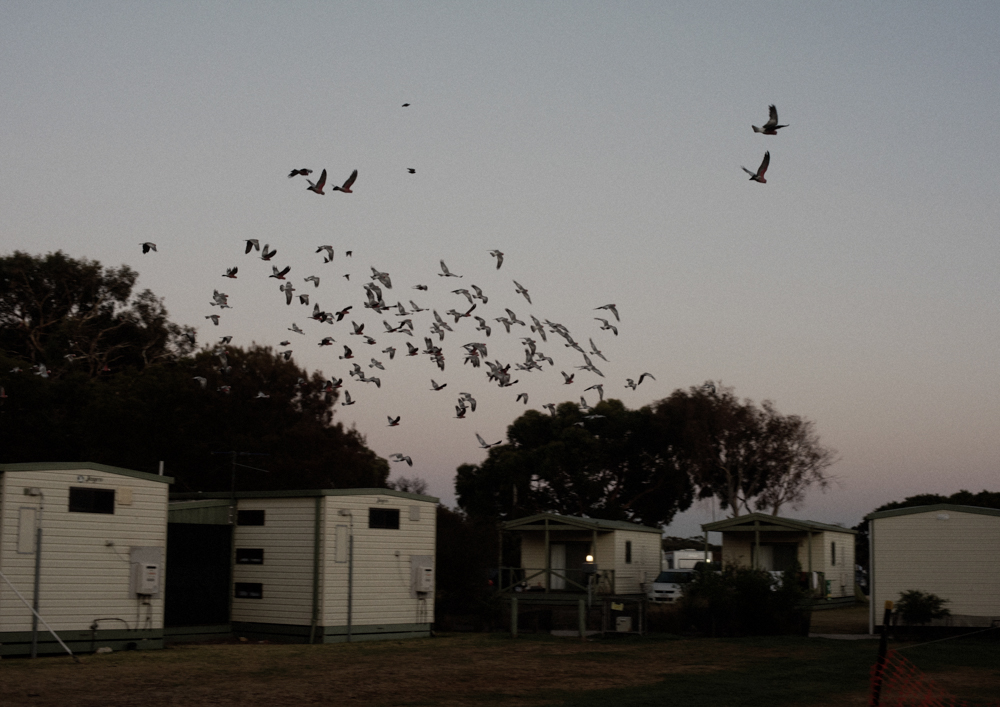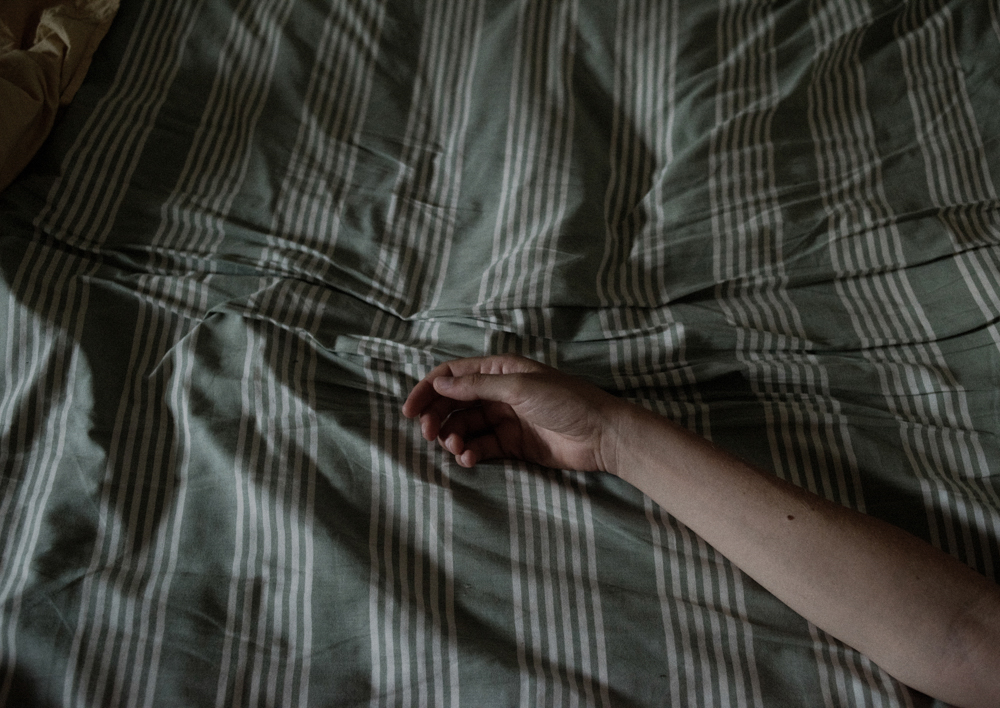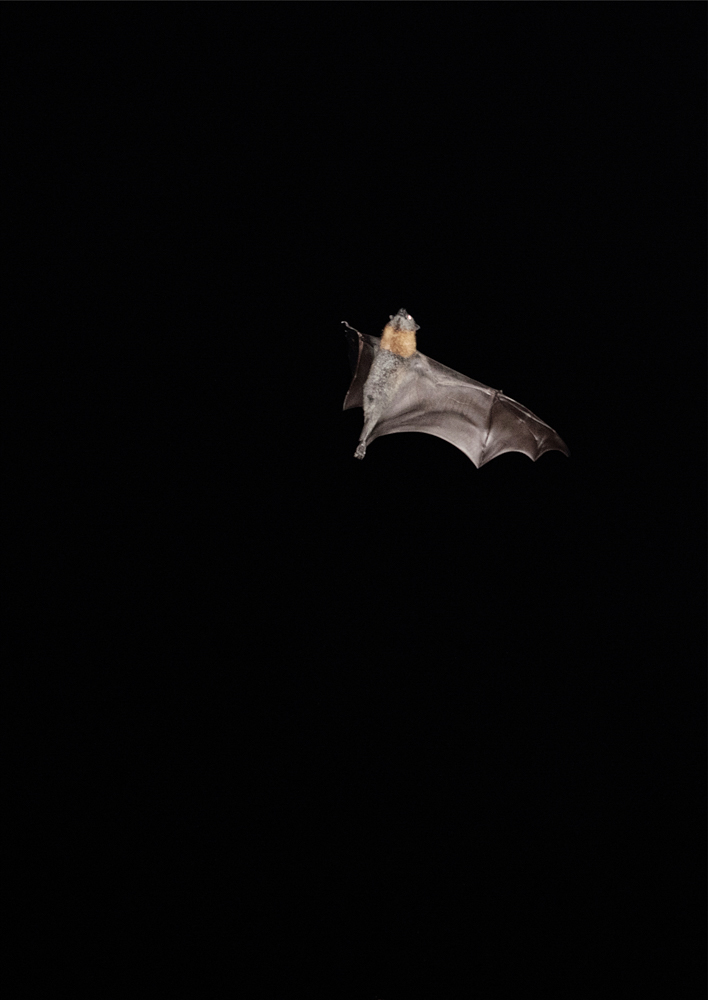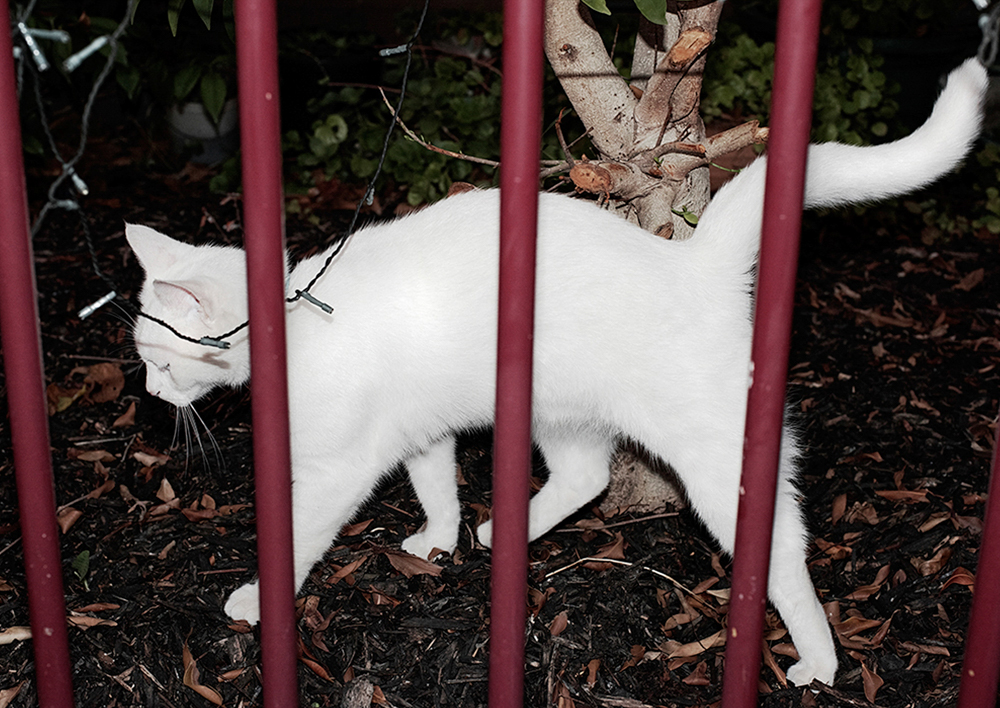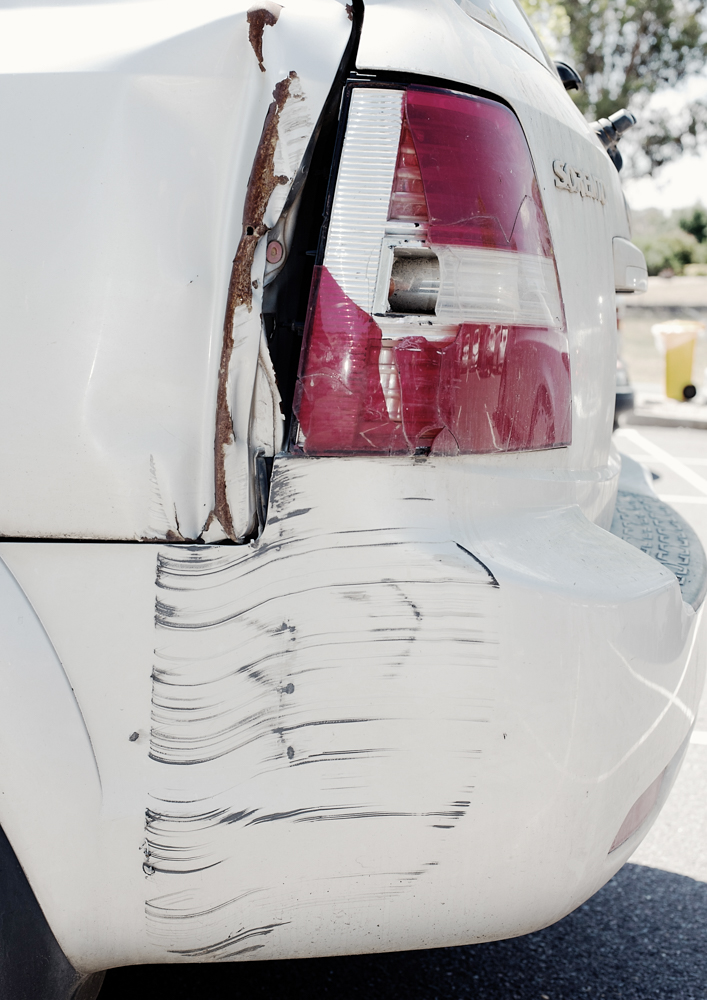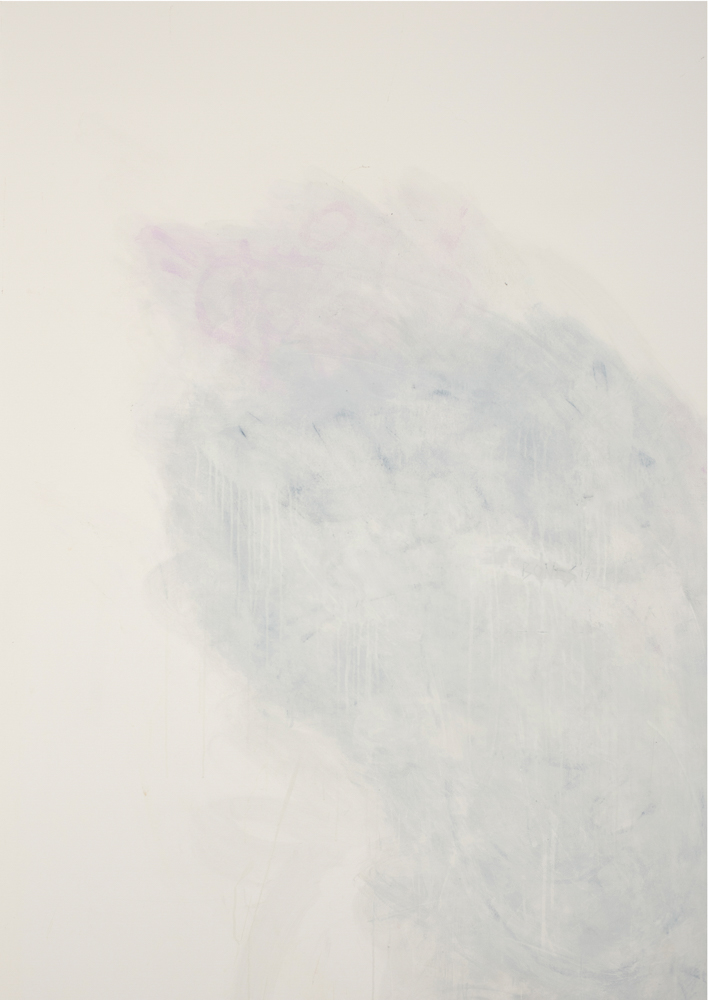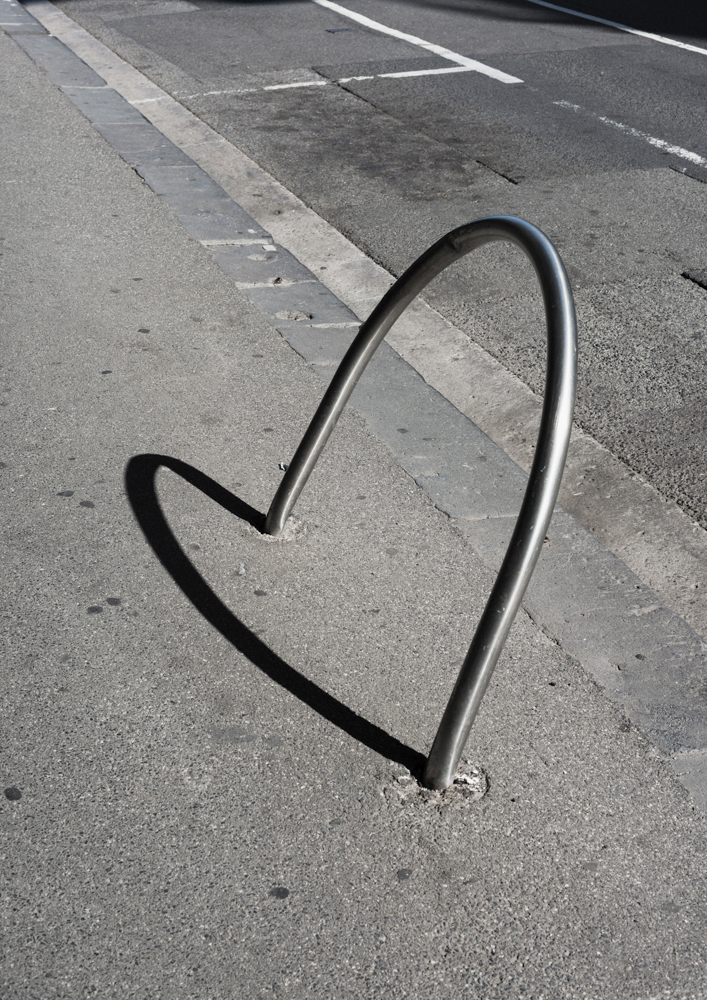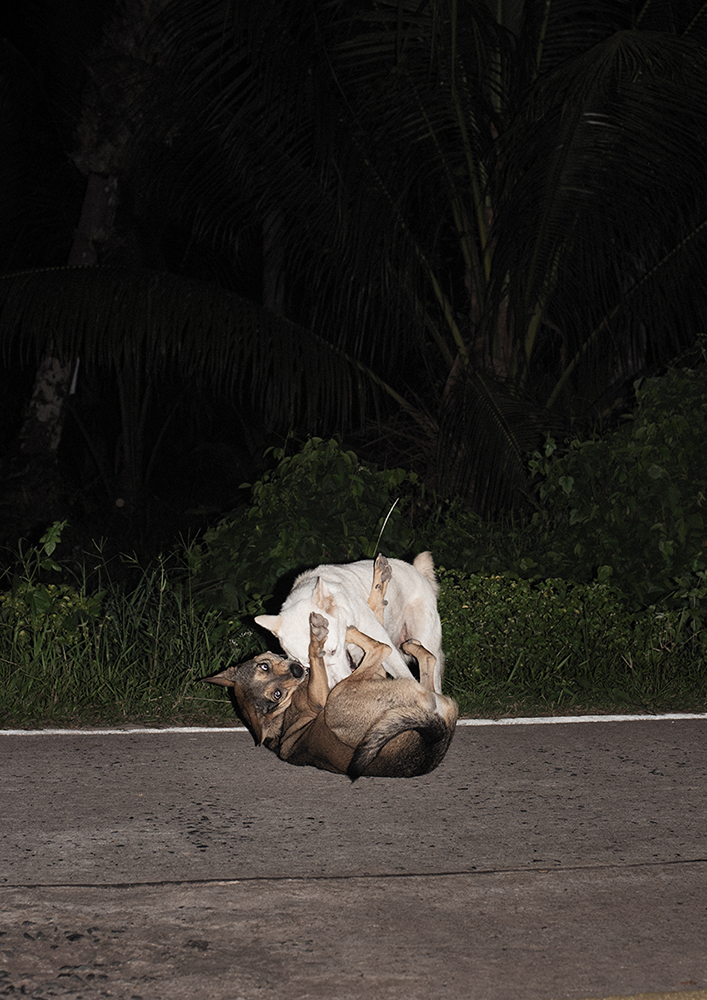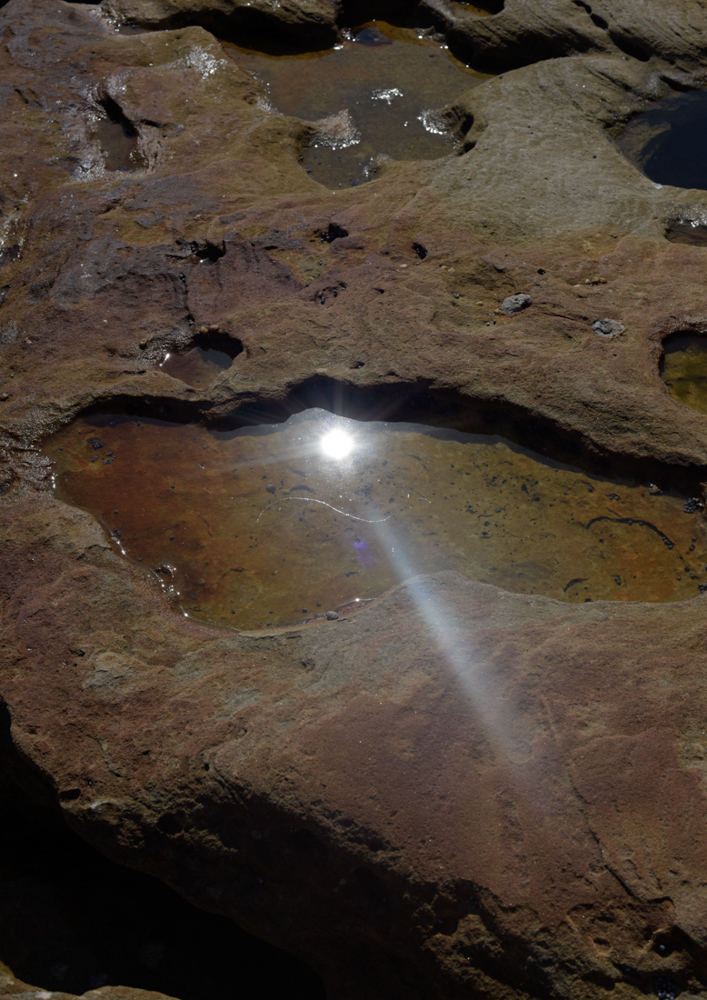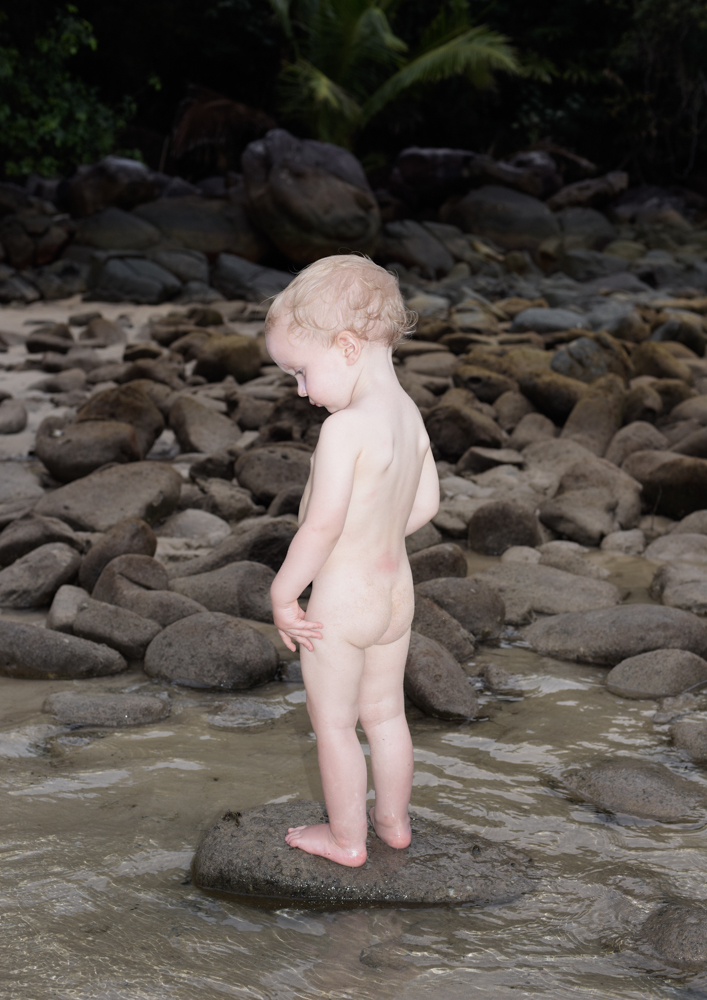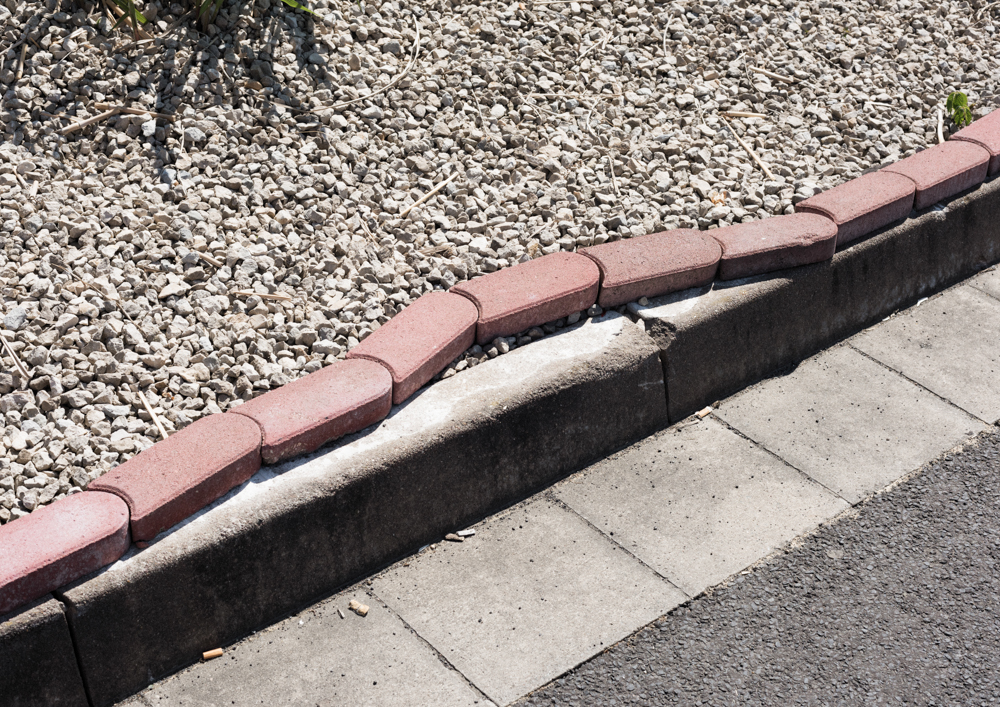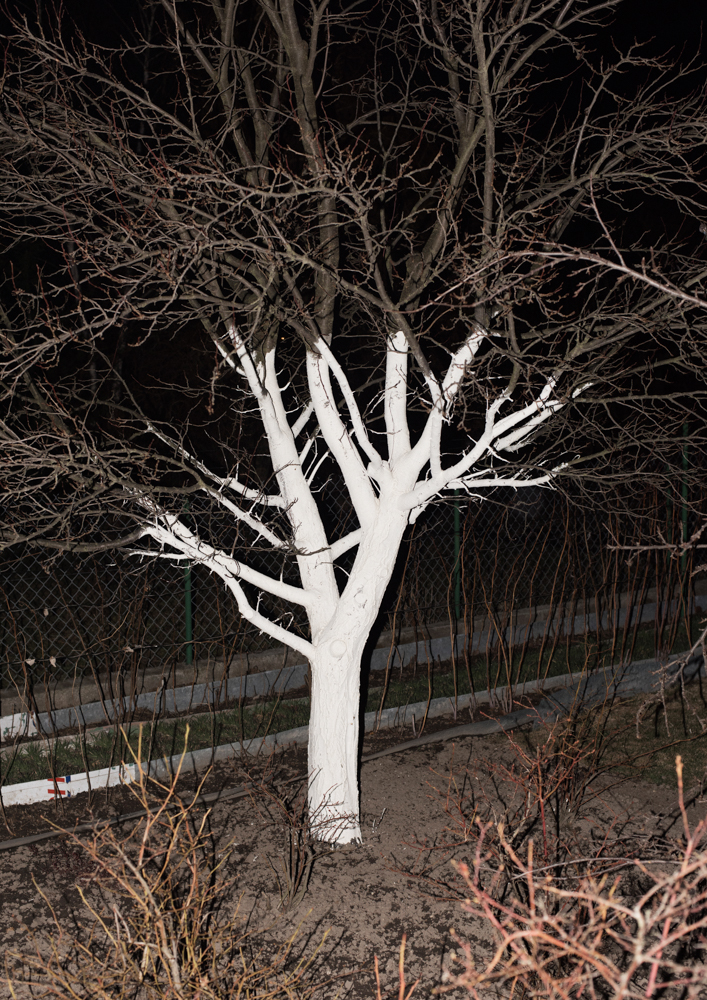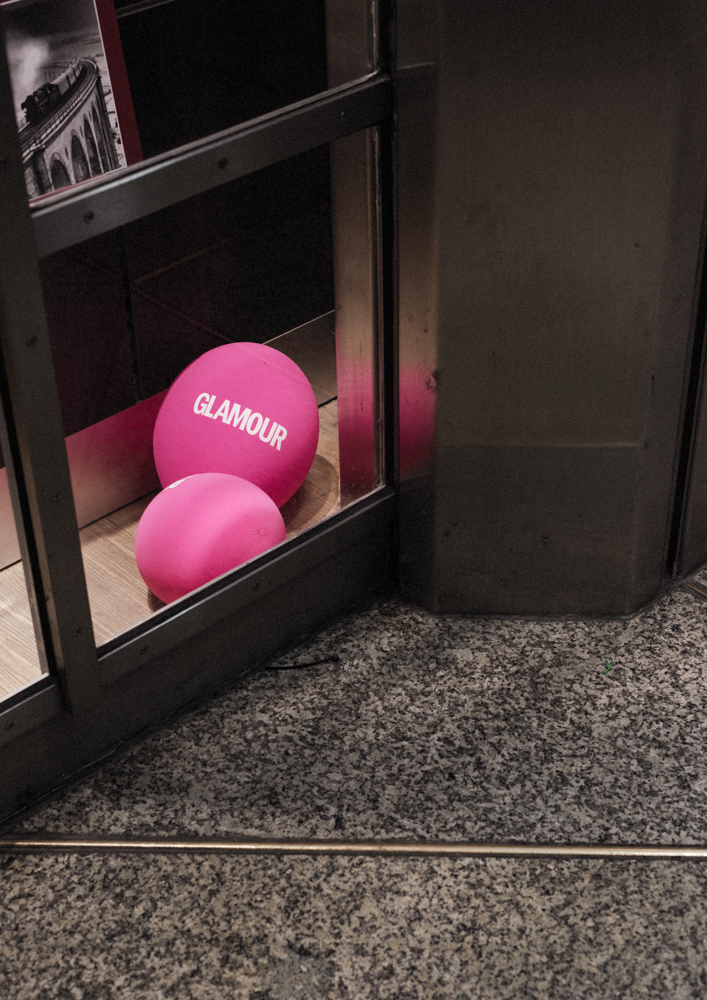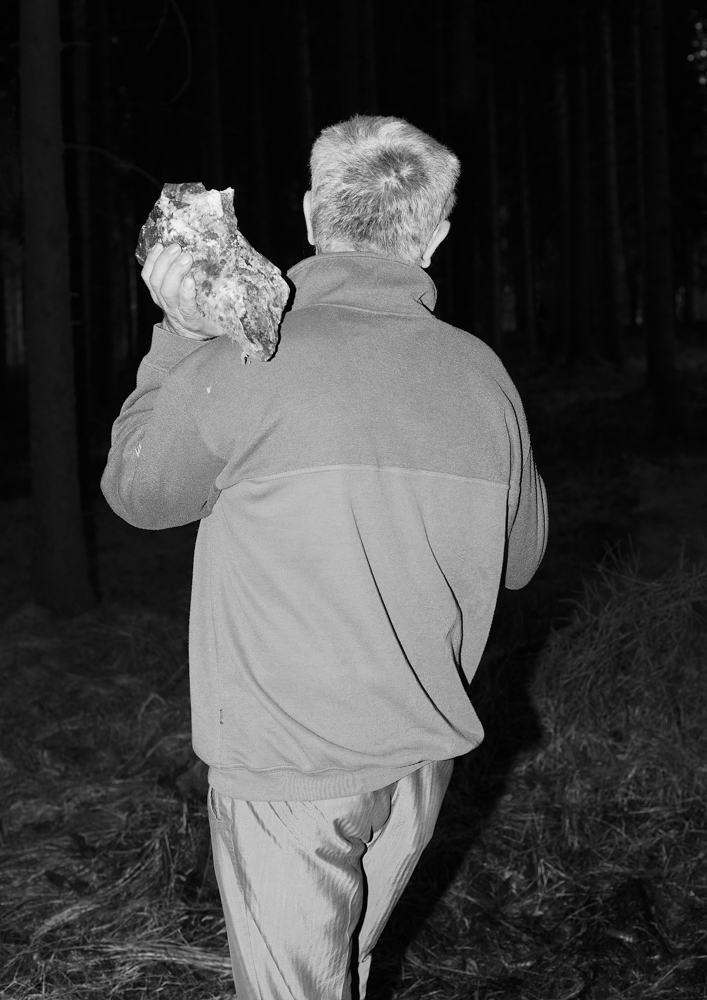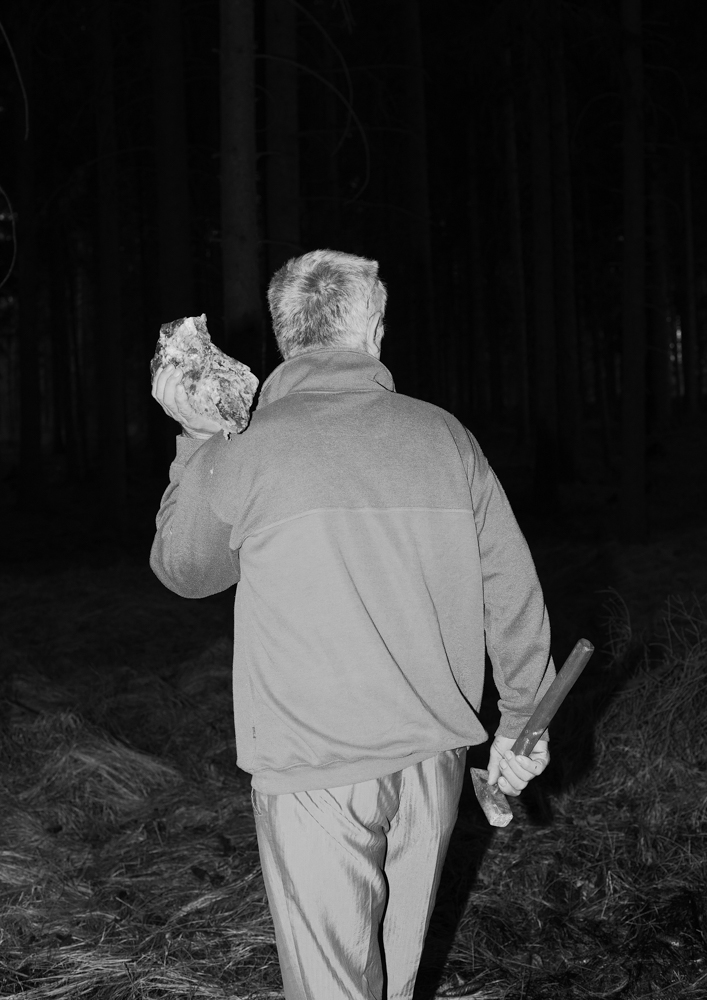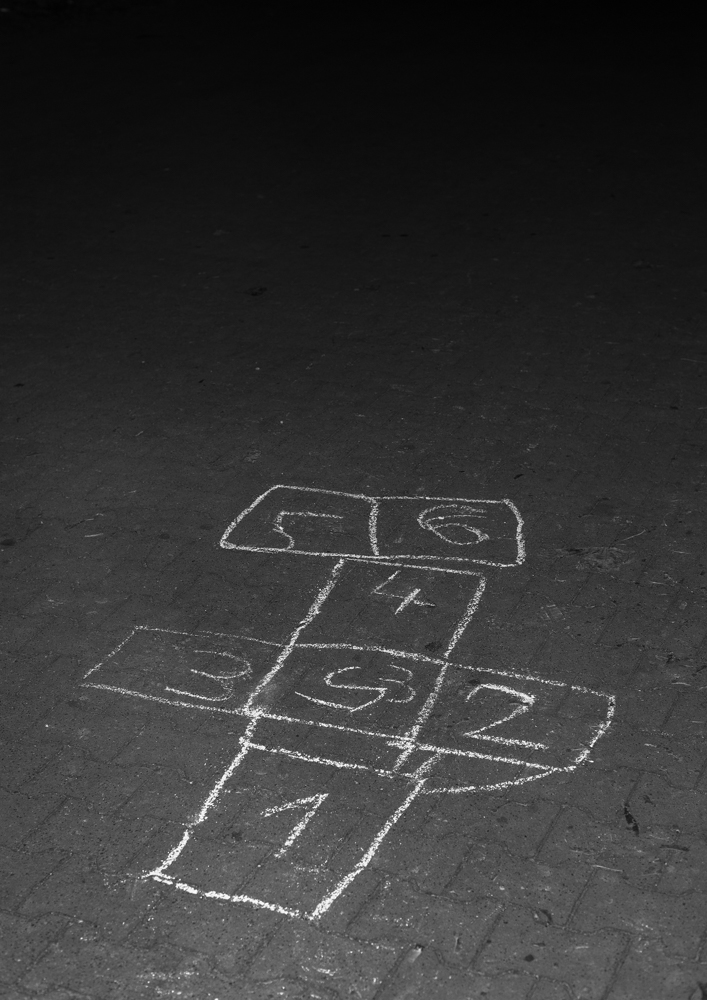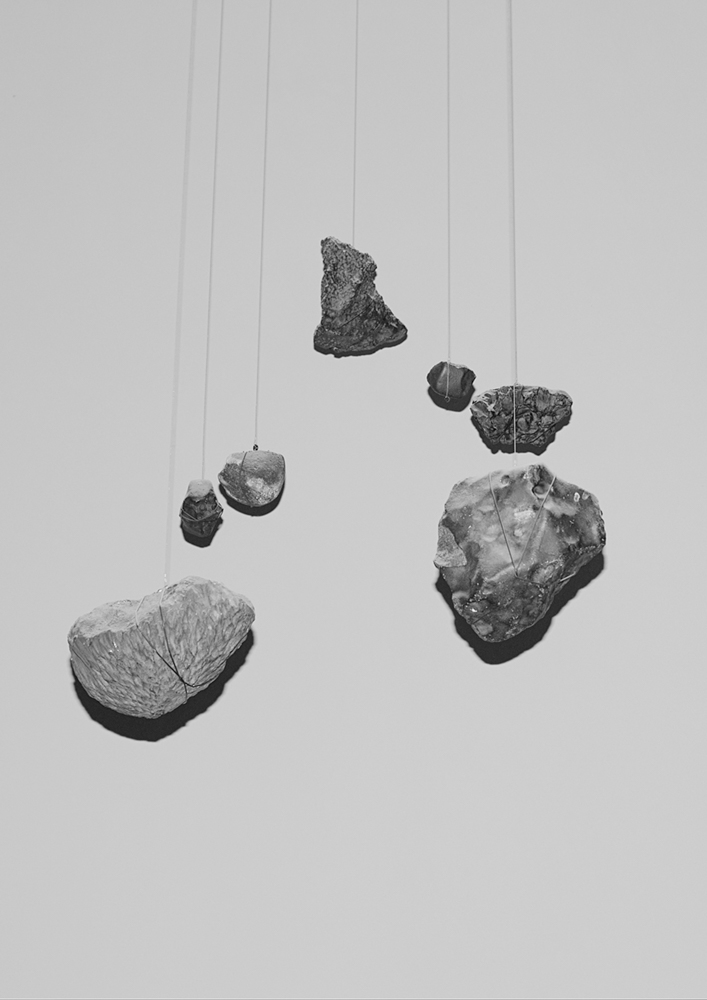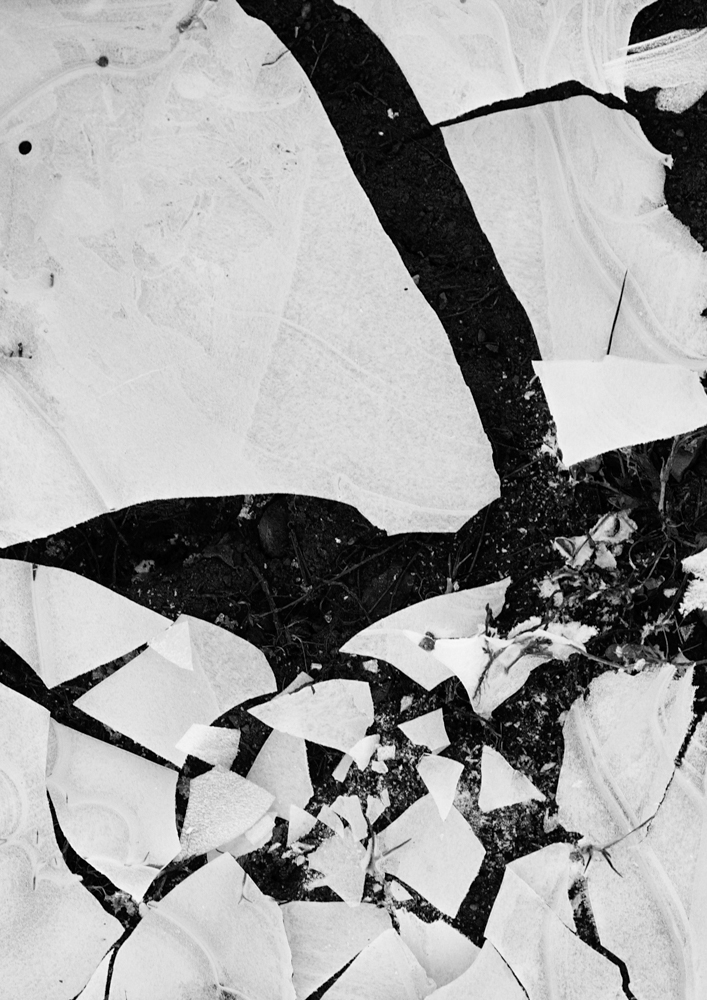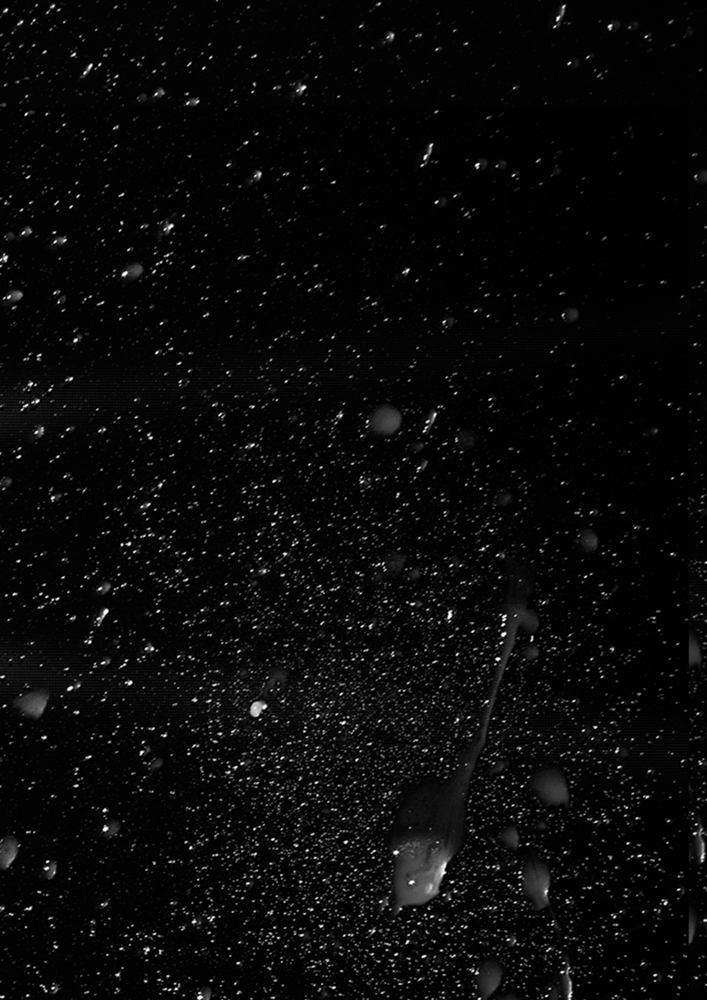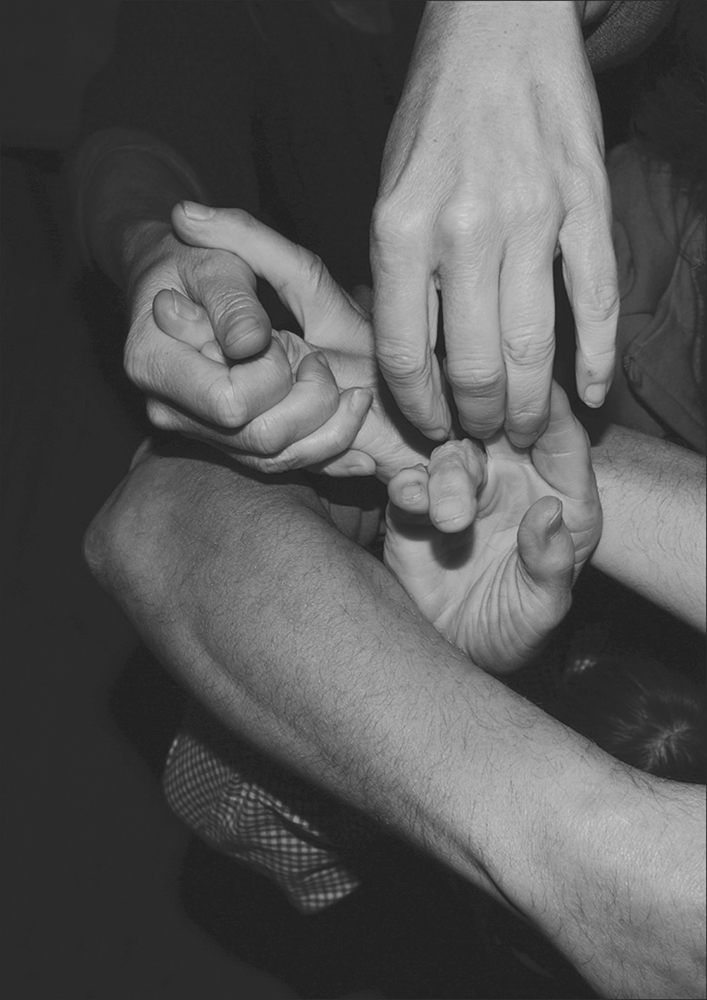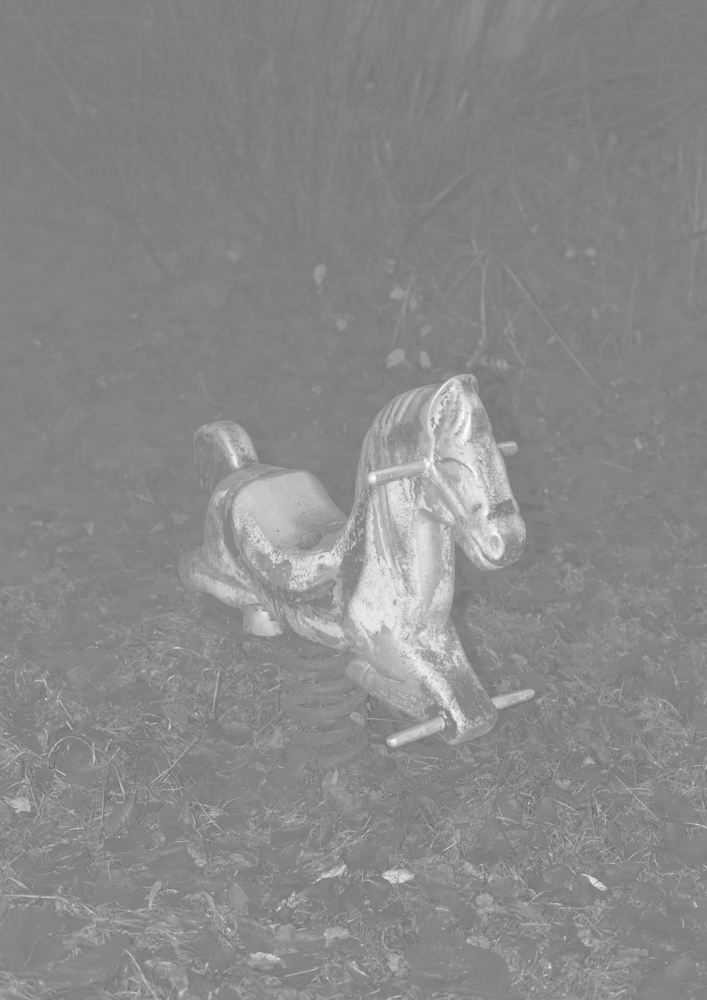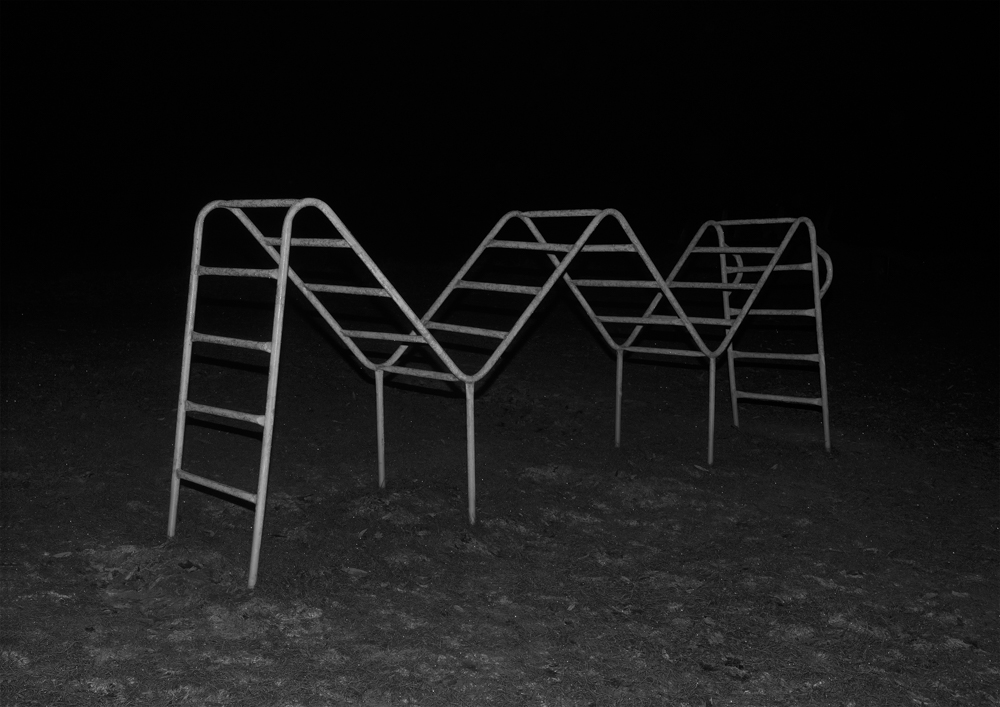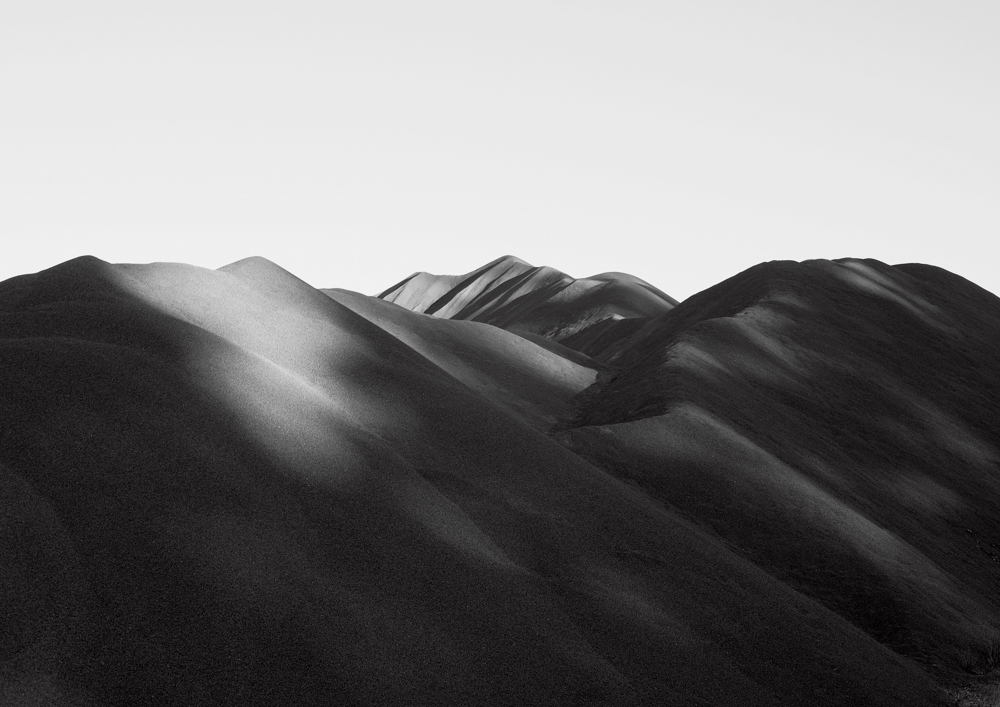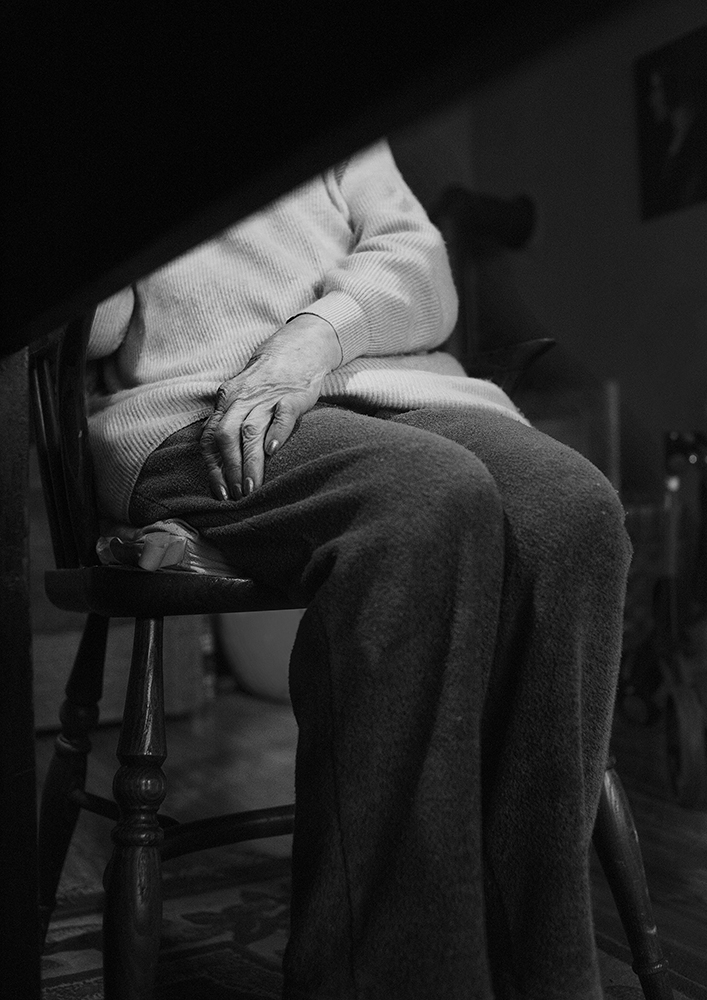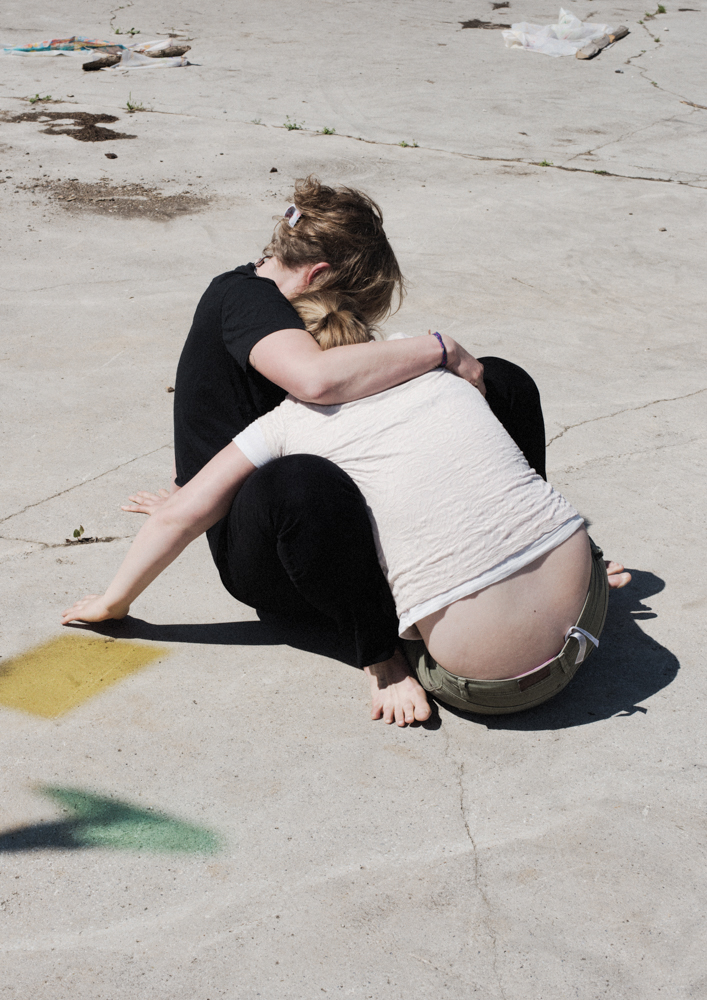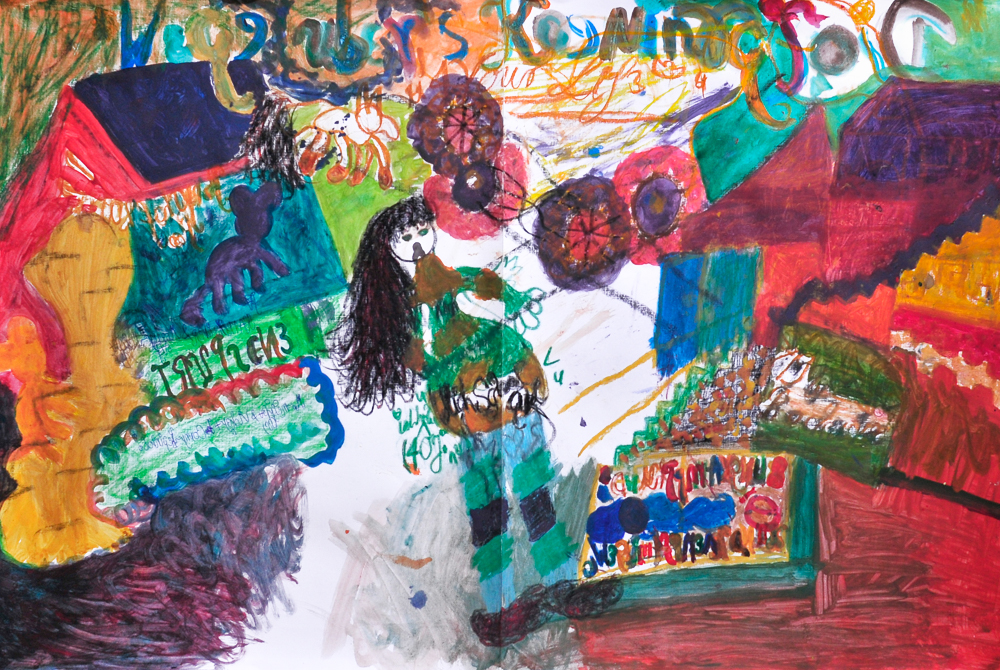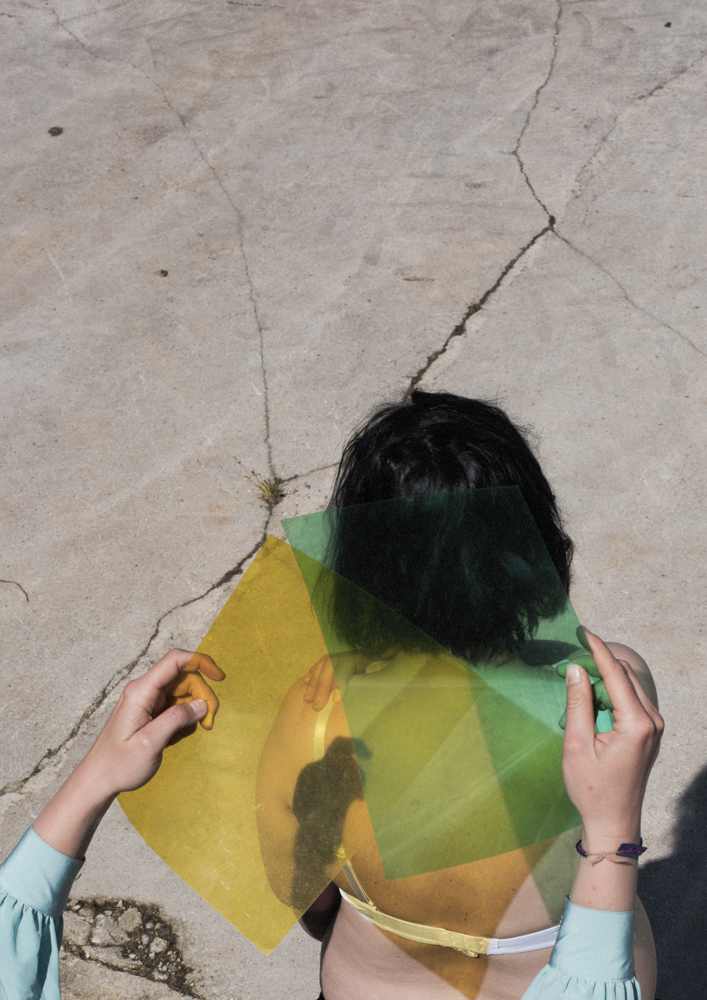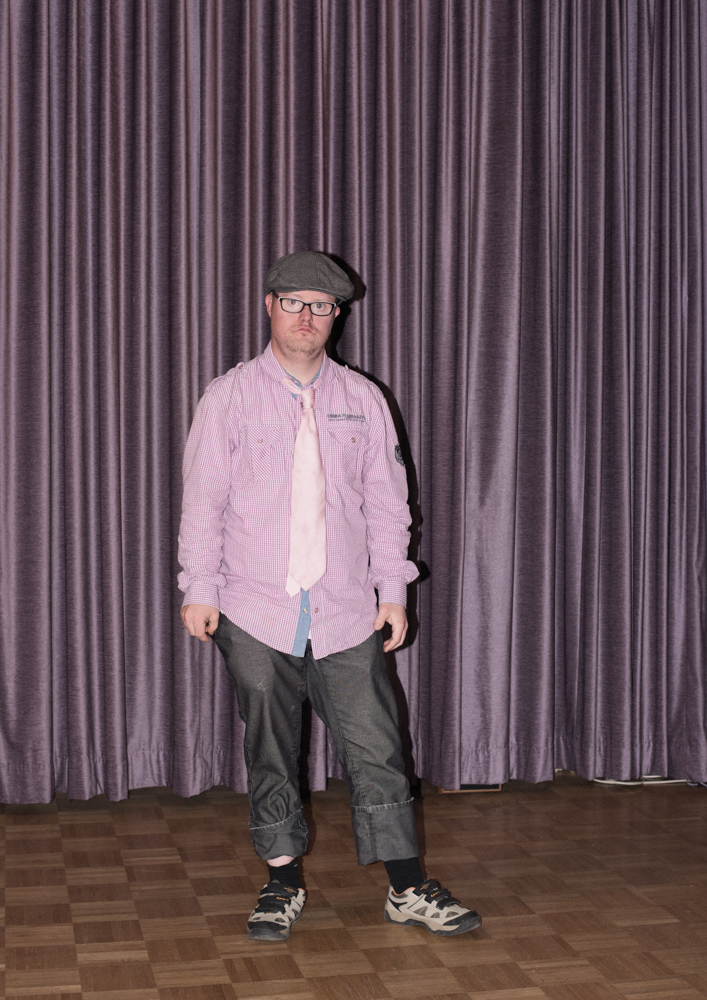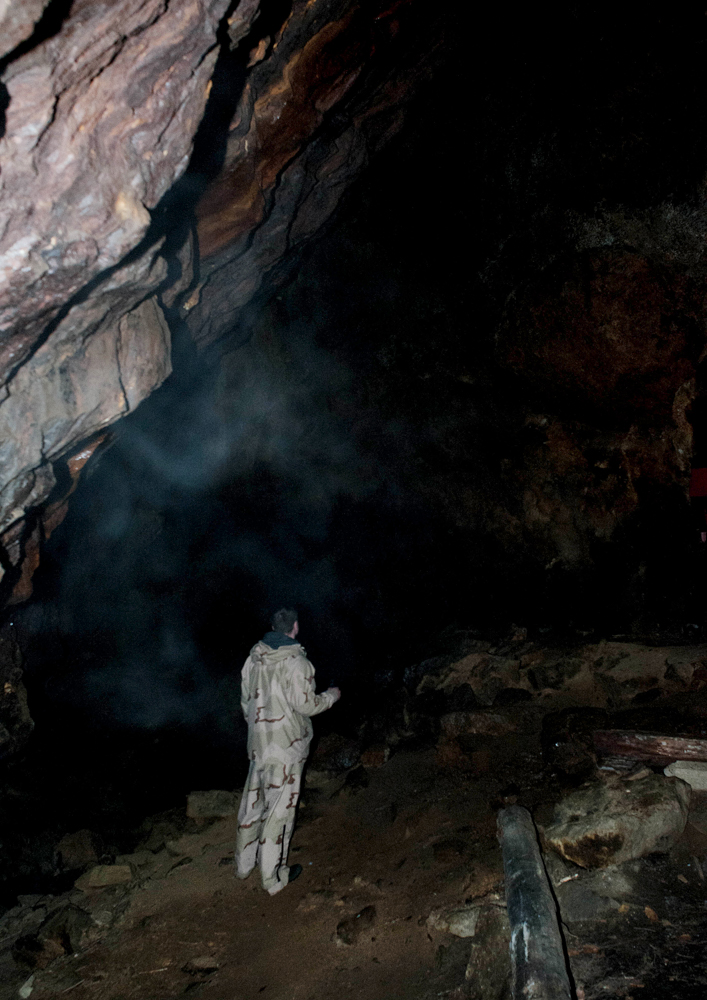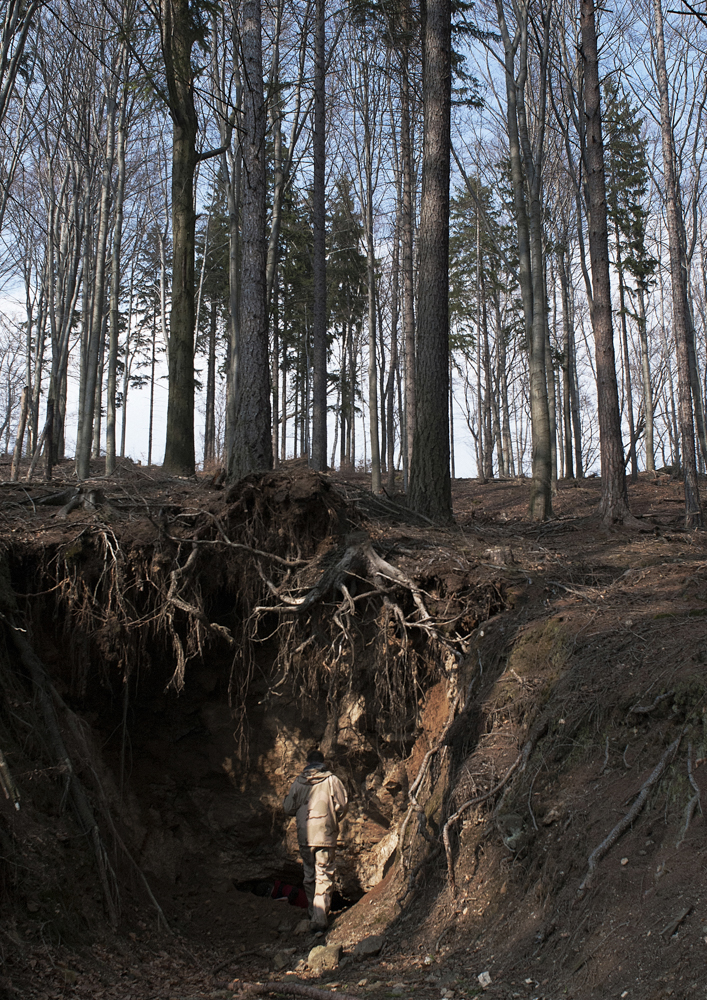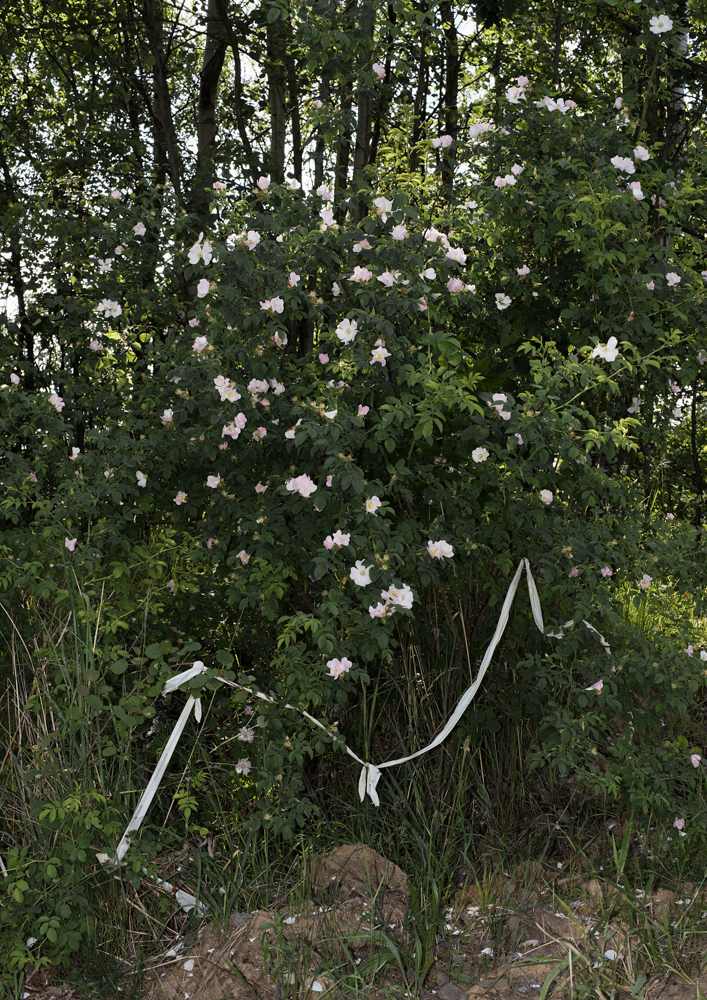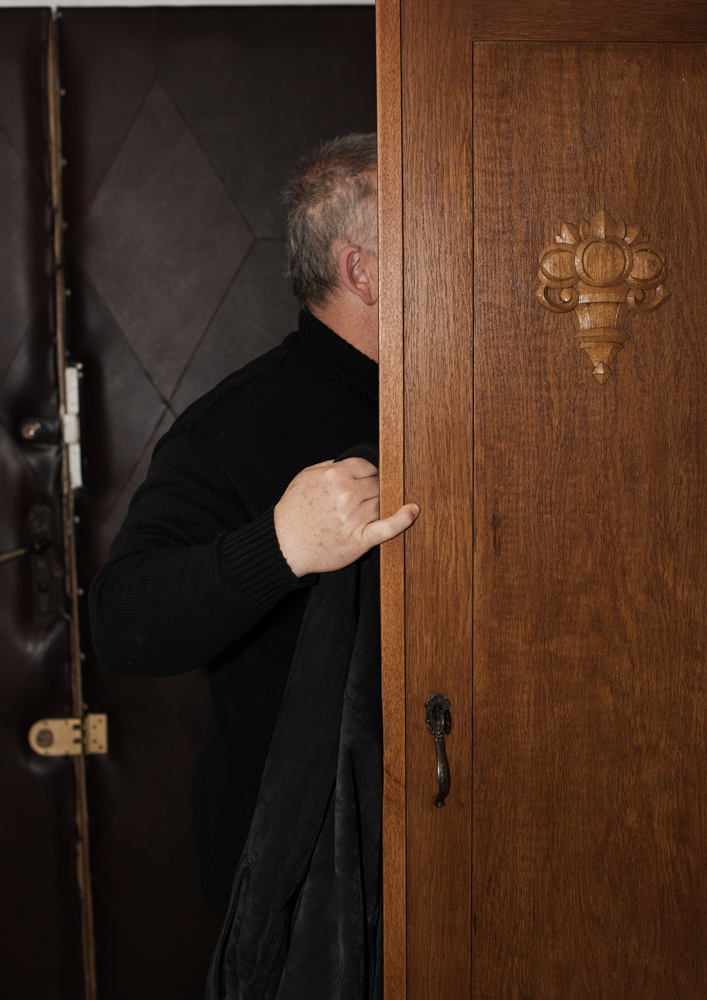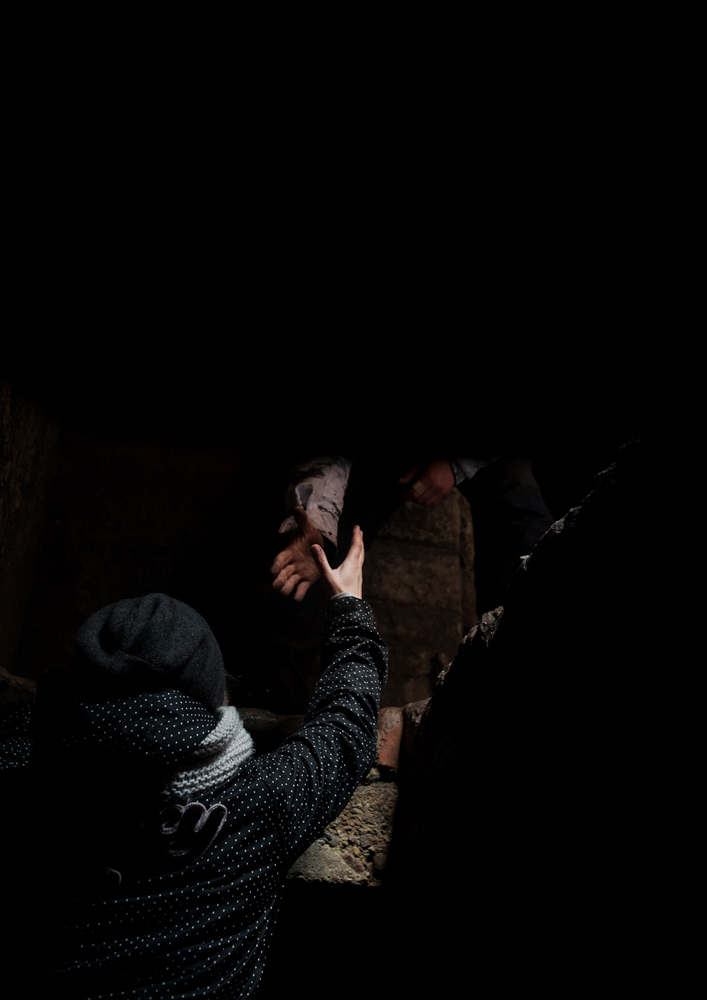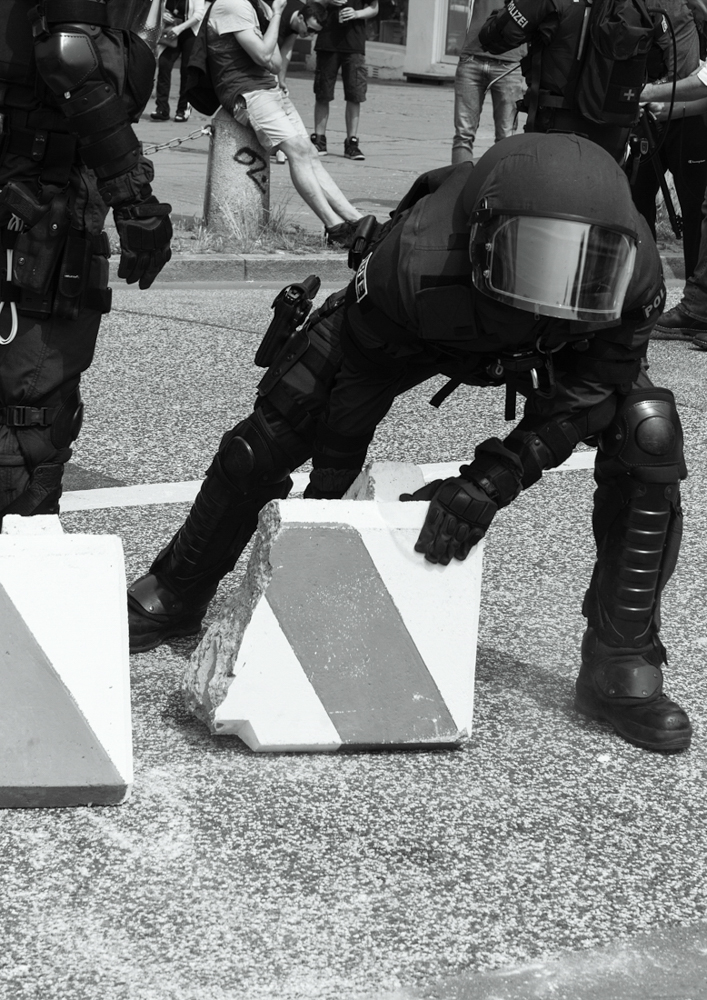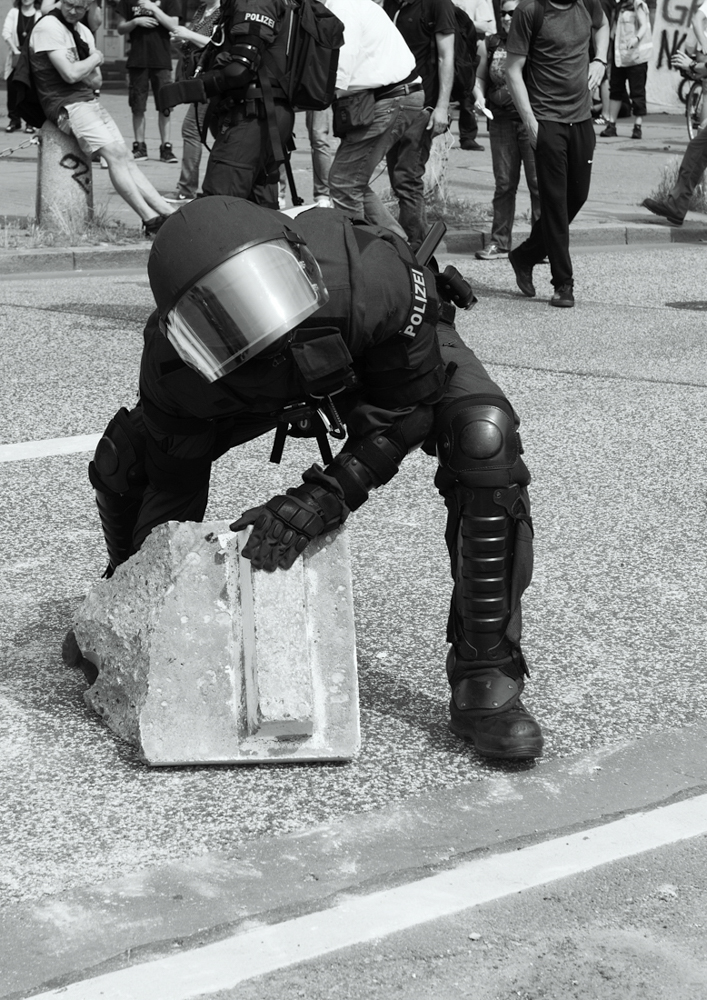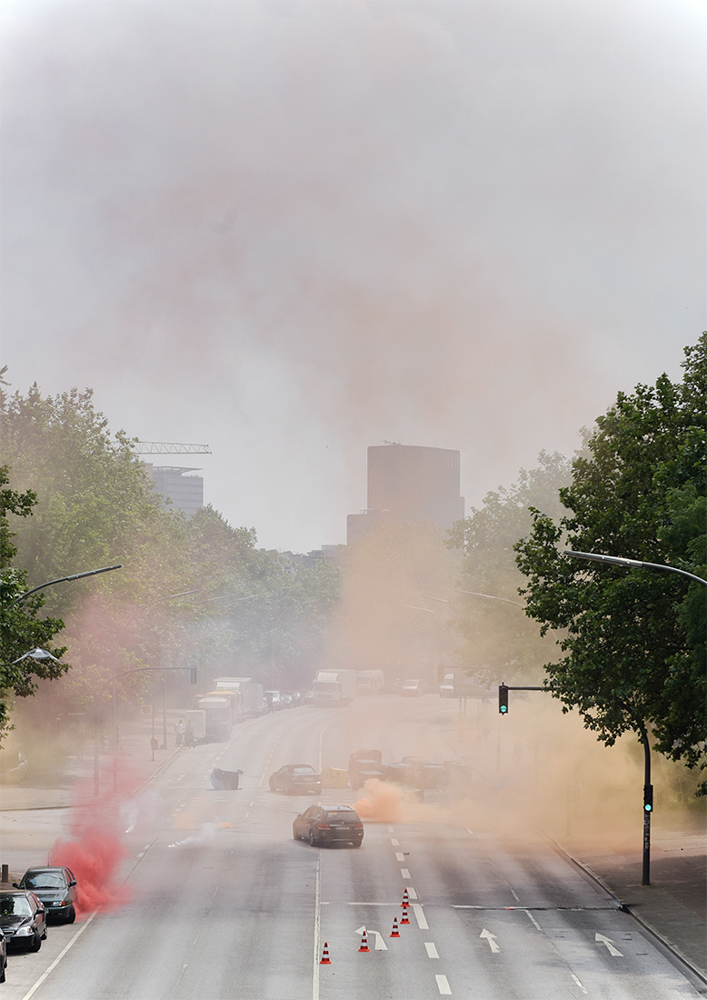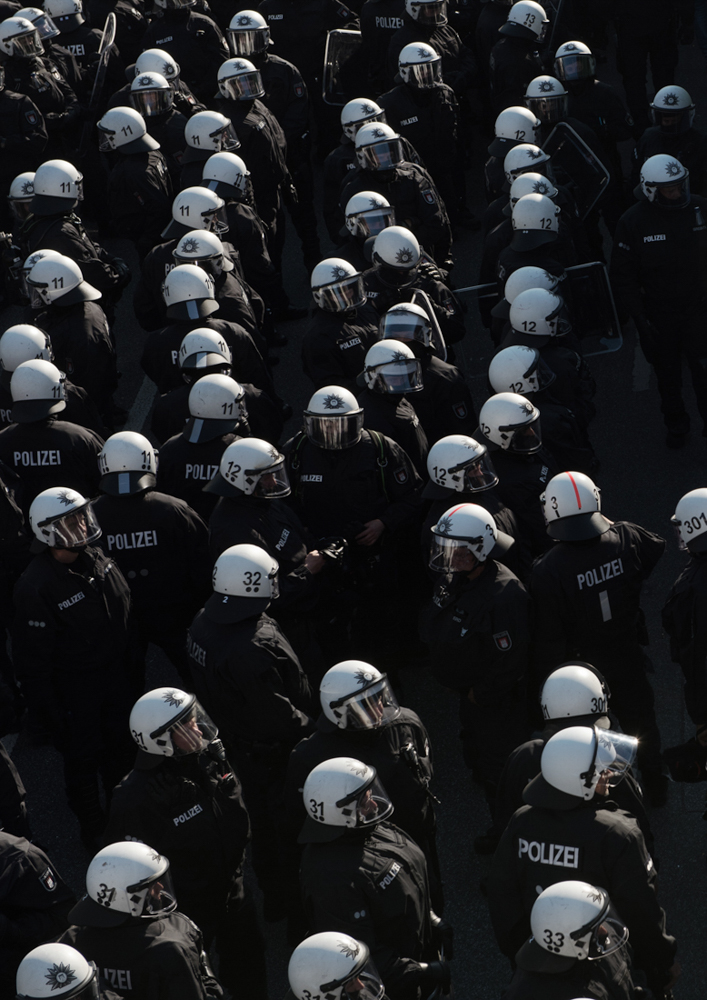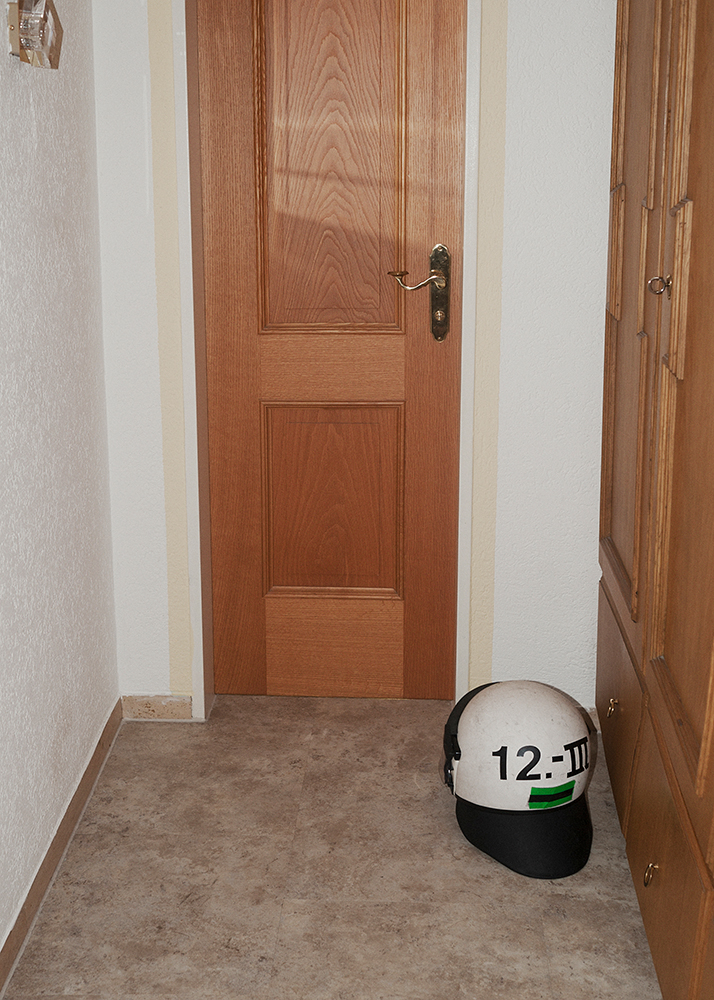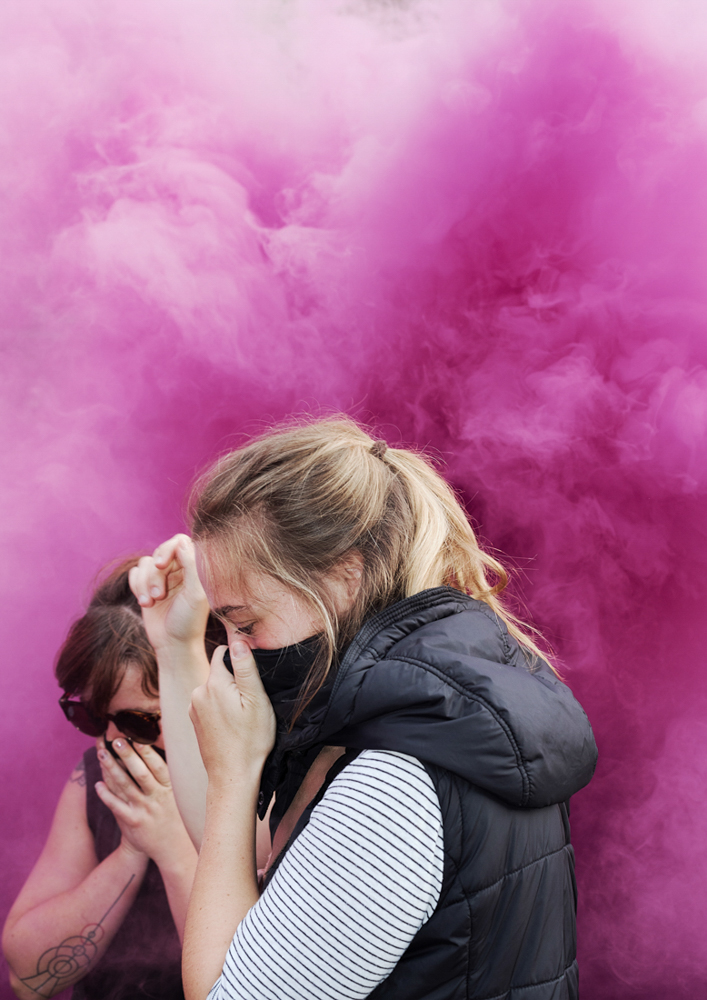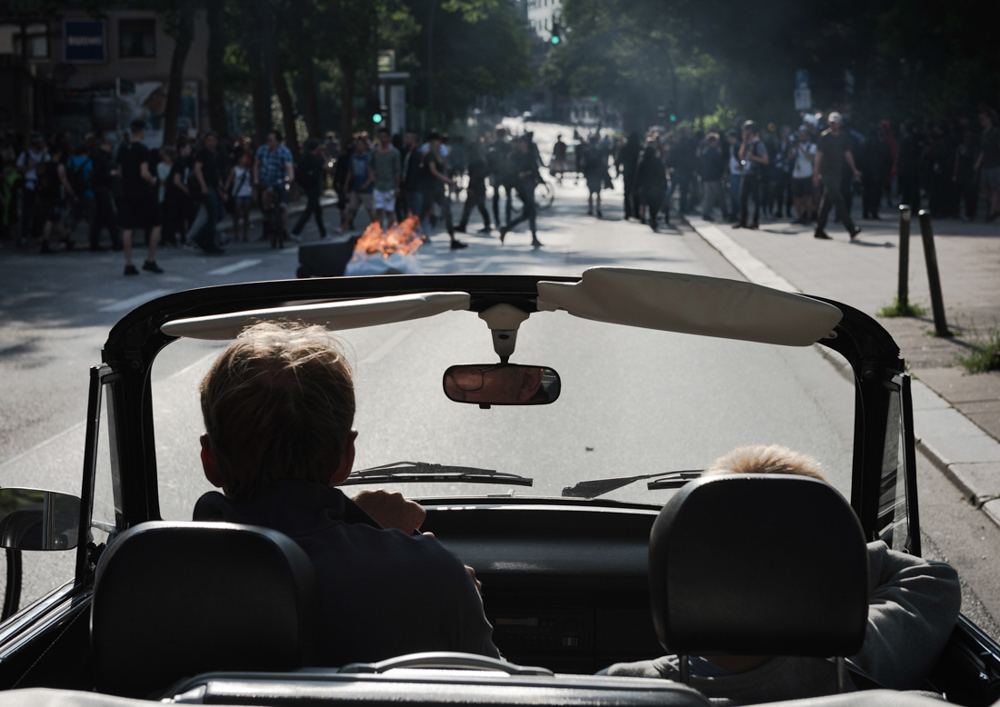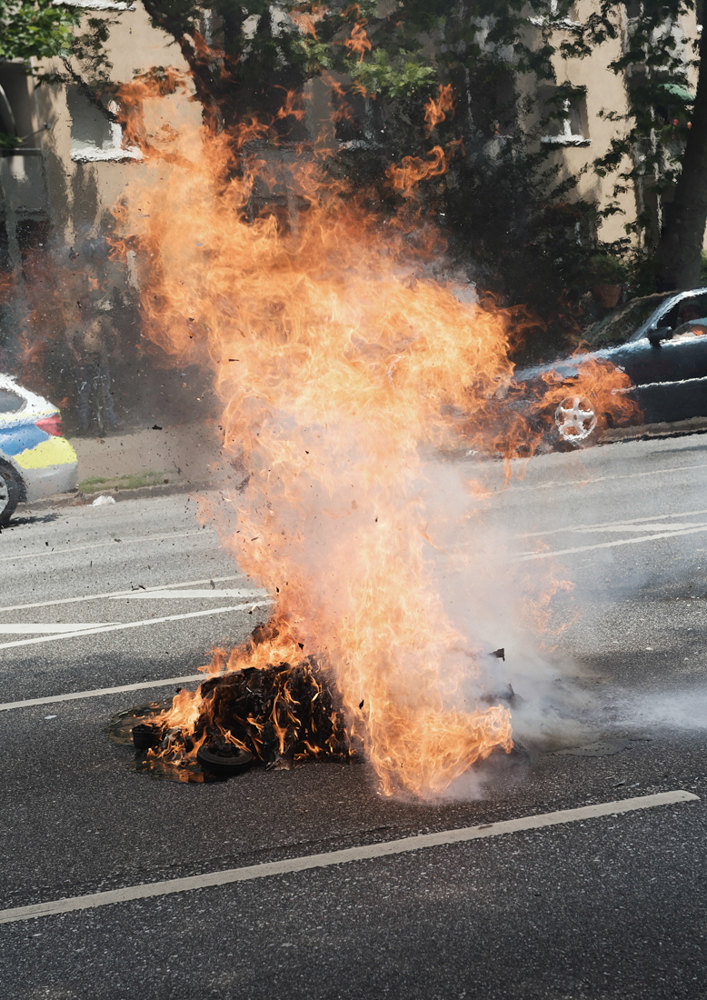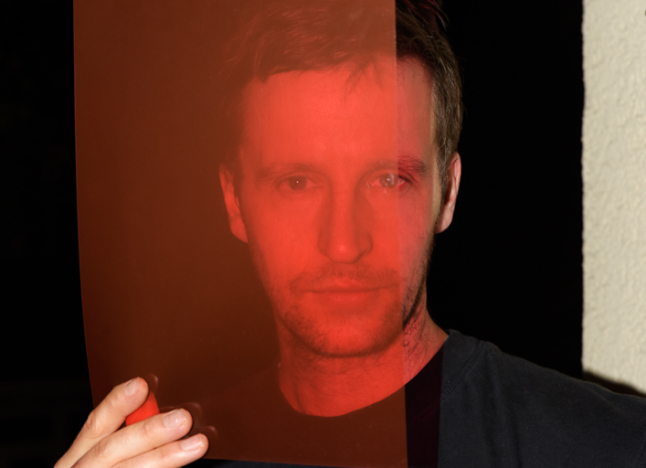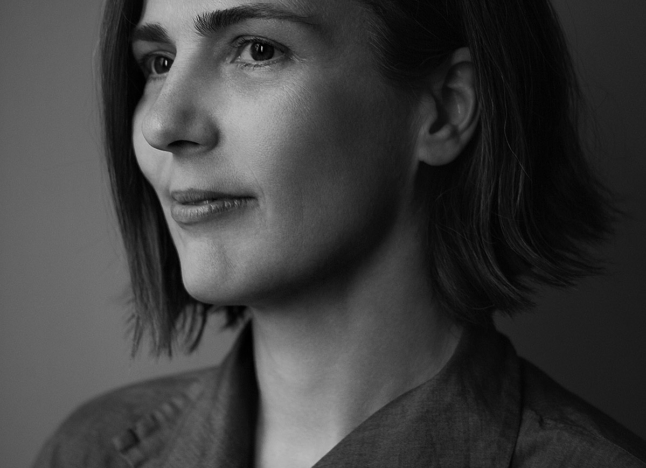Thomas Kuijpers
Artist Feature
Every week an artist is featured whose single image was published by Der Greif. The Feature shows the image in the original context of the series.
Piotr Pietrus - A Warm Wind At Night
May 16, 2018
»A Warm Wind at Night« is a photographic attempt to map the moments that eventually become the myths of our growing past.
It is a search to find the sites where these silent memories and places begin to create a landscape of reference points within a finite time.
As certain smells can evoke images in our minds from past stages of life, so the »Warm Wind at Night« stands for a special time in my life. In these two months in Australia I found myself in a silent spot between two lives – my previous one and a new coming stage back at home – as a father.
Artist Blog
The blog of Der Greif is written entirely by the artists who have been invited to doing an Artist-Feature. Every week, we have a different author.
Published in:
»Guest-Room Gem Fletcher«
Skateboarding as a metaphor
May 23, 2018 - Piotr Pietrus
What I enjoy about photography so much is the possibility of being able to spontaneously capture things and moments that catch my attention. Unlike other art forms this instantinity perfectly resonates to my working method.
Just like in skateboarding, which is my other obsession, there’s no set boundaries or rules but just a way to float through reality. This gives me a freedom to just observe, play and surprise myself. In fact, this is the base tone with which I started getting into photography.
That said, I have a growing collection of ‚snapshots‘ which eventually will become my source material for this new work in progress. Out of this approach I have started to form an idea for a new photo series where I look for connections in my images in order to create a narrative. Like a dj that combines different tracks and track speeds for a mix tape. In my case, to stay by this metaphor, I am trying to combine even different genres in order to create something that becomes a coherent end result. I know this method buries a bunch of traps such as finishing up with a potpourri of random images not speaking with each other. But keeping this risk in mind, it is also an attractive challenge to create something that makes sense.
At this point the work is in a very early stage but of course once it becomes more than a draft, it will warp towards a project that goes down a certain path.
It is a travel towards a destination I have no idea where it will end and I like that.
Thanks Der Greif for having me, it’s been fun.
Mammalia
May 22, 2018 - Piotr Pietrus
Mammalia is a collaborative work with my partner the artist Catherine Evans.
Just like the photo series A Warm Wind at Night (shown in the feature) maps out a transitional moment in my life just before having a son, so Mammalia has become a shared intuitive response to our first months as parents.
It felt like the only possible way to process this strange cocktail of love and insomnia was to create a body of work that reads like a visual poem, a journey as three.
Following a windy path with the baby strapped onto us we visited forgotten playgrounds in the dark, met a crystal hunter in a polish forest or photographed meteors in the Museum für Naturkunde in Berlin.
Our lives shifted, not only because of a new responsibility but in a deeper way we found a different perspective on the passing of time. Creating life reminds us also of our mortality. Everything, from my grandmother sitting silently in her chair to quartz crystals in the forest, everything has its own timeline.
Mammalia has become our meditation on the journey we went on together.
Room for Freedom
May 21, 2018 - Piotr Pietrus
Raphaele is probably about 40 years old and if you get to meet her one day you’ll see that she has long black hair and dresses casually, usually loose t-shirt, shorts and sandals in summer. But what will catch your attention the most are the two large, heavy backpacks she wears: one on her back, and one on her front. She might take the time to show you what she is carrying around: bundles of paintings, drawings and poems, all meticulously bound together. The quantity and level of detail is surprising, but once you get to know her, that’s only the start.
She has invented her own font, she speaks a mix of English and German, and an entirely parallel language that is somehow a mix of both, but completely different, like a code message for the world to decipher. It’s the same for her poems, she might ask you to write a poem on a piece of paper or cardboard and then right in front of your eyes works her own words over and between them like a kind of written word rap artist.
She lives with a disability, but the name of it I couldn’t tell you. The reason I don’t know it is that I know her through Kunterbunt, a travel agency for people living with various types of disabilities. Based in south Germany, Kunterbunt’s philosophy emphasises a respectful and easy approach towards the individual. Based on this idea the travellers are allowed to find themselves in the very rare occasion where the usual structures, borders and roles that define their everyday life no longer exist. Whether they are able do it consciously or not, for a while they can experience a freedom and room for self-expression that every person is deeply longing for.
I have been collaborating with Kunterbunt for 12 years now. Being on the road and documenting their time is a unique opportunity to gain insight into a world unknown to most of us. It is easy to fill a book with the countless experiences of every trip but what remains so special for me is the real honesty I have been confronted with. So refreshingly different from ‘our’ life, the travellers I meet don’t, or better, mostly don’t wear masks, they simply are themselves. Their inner child can be very inspiring and remind us of our own one.
The photos I have chosen above have been taken just last week on a special trip where participants worked intensly with a group of artists to produce artworks for Kunterbunt’s 25 year anniversary exhibition, to be held in 2019.
Find more info about Kunterbunt on their instagram or website.
Treasure Seekers
May 19, 2018 - Piotr Pietrus
My great-uncle once went out for a walk in the forest for couple of hours. When he got back he noticed that some bricks at the back of his house had been moved so that an empty space was visible. He knew straight away what had happened, someone had come to collect a hidden treasure. Maybe it was the people who used to live there that had come back and waited for the right moment to clear it. Or maybe it was local treasure seekers who somehow knew about it.
The area I am from in Lower Silesia in Poland used to be part of Germany before the end of the Second World War. As Germany’s loss of the war became inevitable and Russian troops approached, German residents fled towards the west. There wasn’t much time to pack their belongings and as a consequence, people hid their most precious things within the walls of their homes, buried them in the garden or nearby forest, hoping that one day they’d be able to come back and collect them.
Soon afterwards the new Polish population started to find by accident some of those hidden treasures and groups of amateur treasure seekers began to form. As they did, the legends and stories also increased: the German government hid weapons, documents, stolen art, money and maybe even an entire train, all within the landscape of Lower Silesia.
The ongoing photo series, Treasure Seekers, is an attempt to showcase this archtypical hunt for the secret and the people involved. But I have to admit, it’s been slow-going: treasure seekers are hard to find. Their activities (or to be more precise: the finding and keeping of hidden valuables) are by law illegal, which means that they are often suspicious and closed hermetic groups that are usually not open to any media or outsiders.
The longer I work on this series the more questions arise. Who are the seekers? Do they find things and what exactly? What about all those legends that everyone in Lower Silesia has heard of, such as the (in)famous Golden Train?
As the range of protagonists I meet increases, so do the stories I hear; unexpected characters and new layers appear. I guess in a wider sense this project has become a bit like treasure seeking in itself. What am I going to find? I don’t know yet, but that’s part of it’s nature.
The Aesthetics of Resistance
May 18, 2018 - Piotr Pietrus
These photos were taken at the G20 protest in Hamburg last year.
I’ve always been drawn to protests. It’s hard for me to say why, but I keep coming back to them. One of the first ones I went to was the anti-NATO protests in Strasbourg, France 2009.
I borrow the title of Peter Weiss’ book, The Aesthetics of Resistance, when I think about how to frame my protest work. From those first protests I was conscious of not showing the faces of the protestors, to protect their identity. Now I do it almost without thinking, this gesture leaking into other projects: the face turned, obscured, or a shadow drawn.
But when I think about it, the police are also anonymous, their identity also hidden behind riot gear, heavy helmets and shields. At the G7 protest in Garmisch Partenkirchen, right at the end of the protester’s route where the police had prepared their blockade, some local residents let me in to use their own bathroom. The thing I didn’t expect was that police were in there too, needing to use the toilet just like me. Their helmets off, we stood silently together in the corridor of this traditional Bavarian family home, waiting our turn. Off the street, we were suddenly all just people again, all subject to the greater, usually invisible political powers that determine the system we live in.
And now I think I’ve worked out what it is that brings me again and again to public acts of resistance. When you get a group of people together who believe enough in something, you get this vortex on the street in which the normal system has to stop in order to be questioned. Sometimes, with loud enough voices, this usually untouchable thing can be moved into your radius, where you can influence it. And if I can borrow again, this time from ex-Australian Greens Senator Scott Ludlam, „No social movement that mattered was ever started or led from inside Parliament House.“


